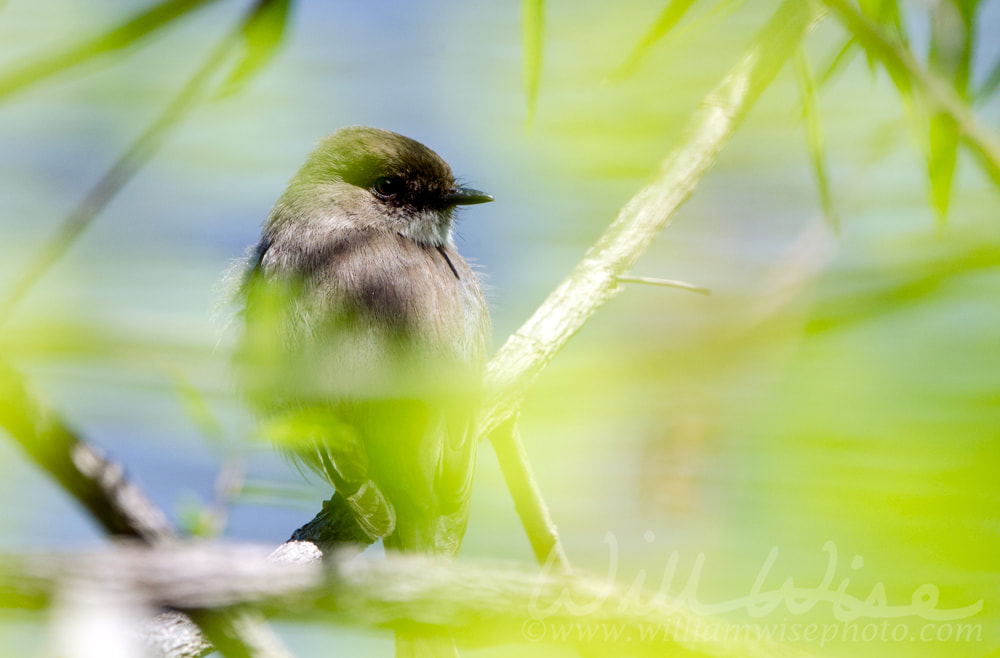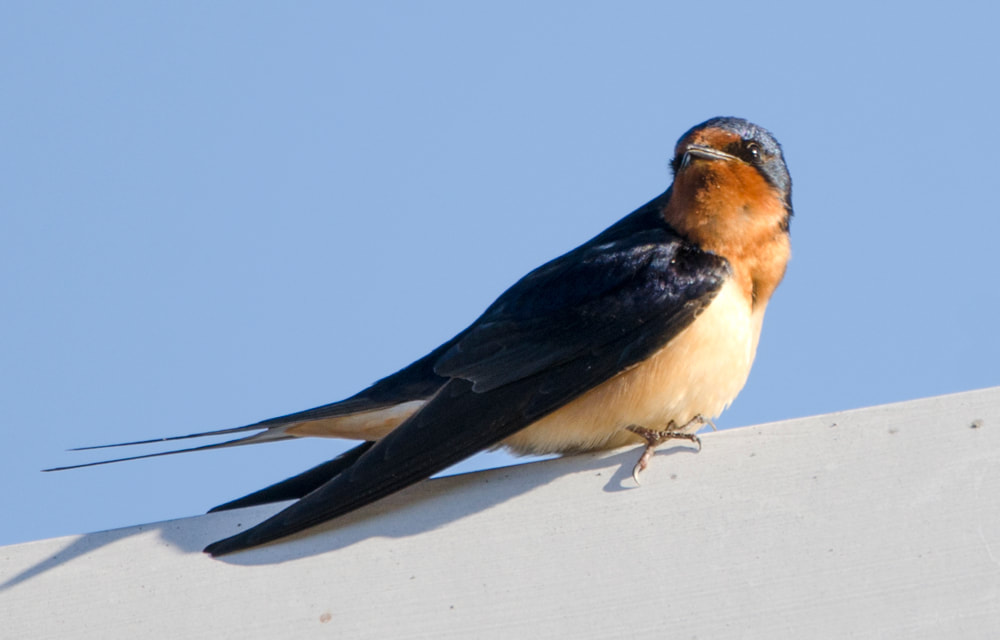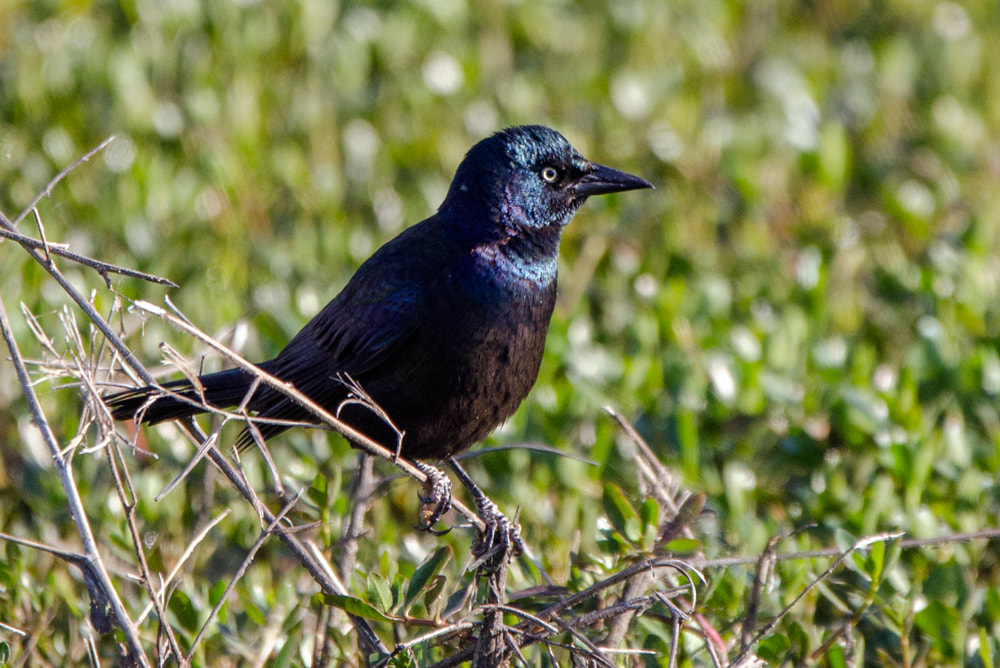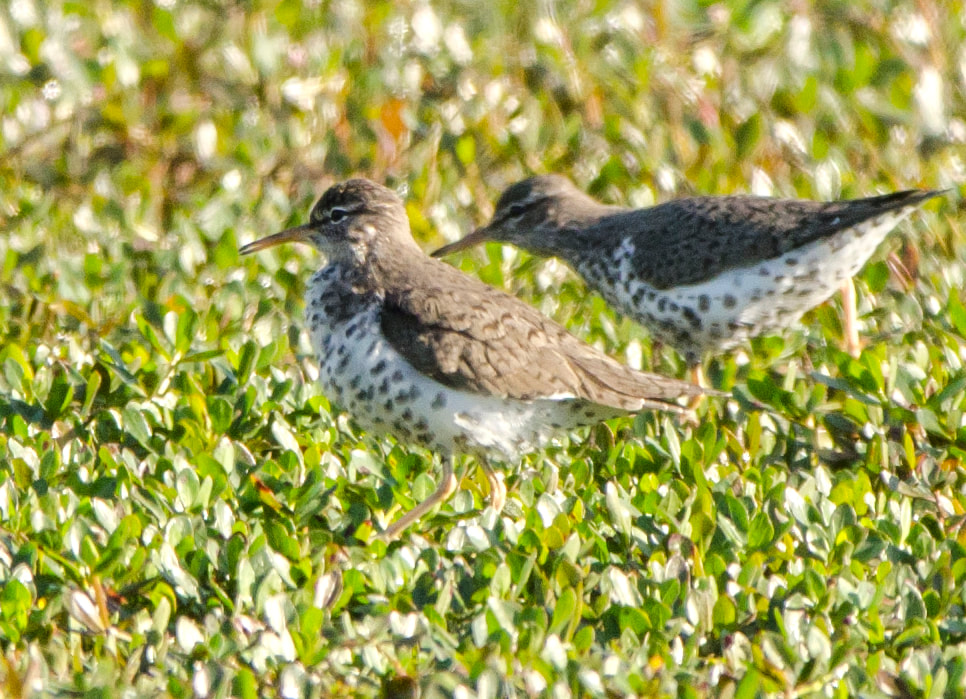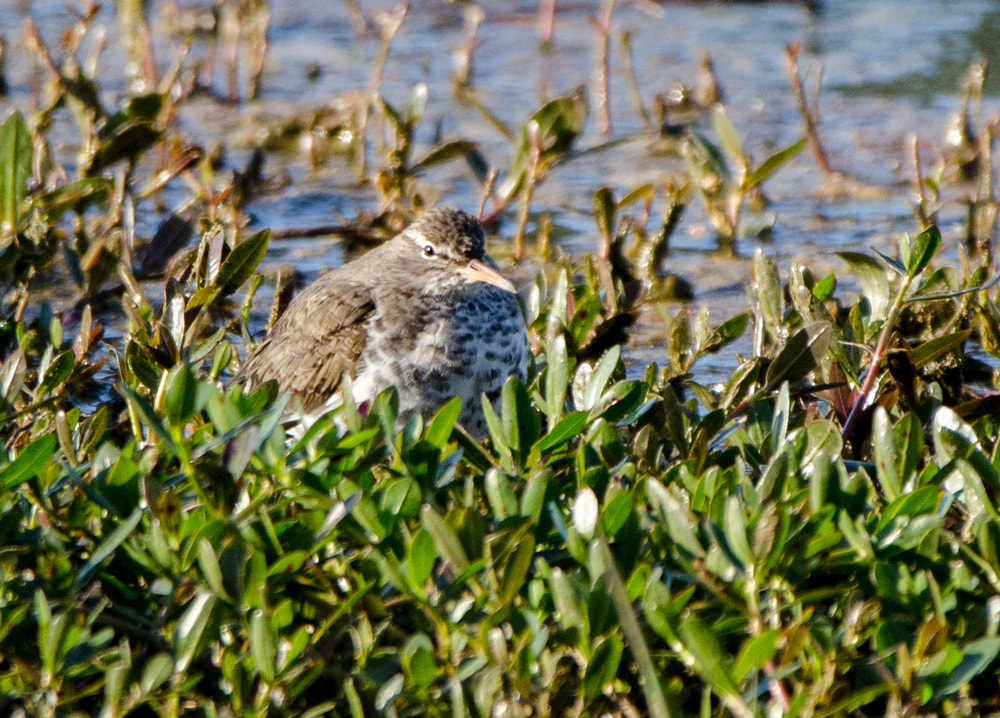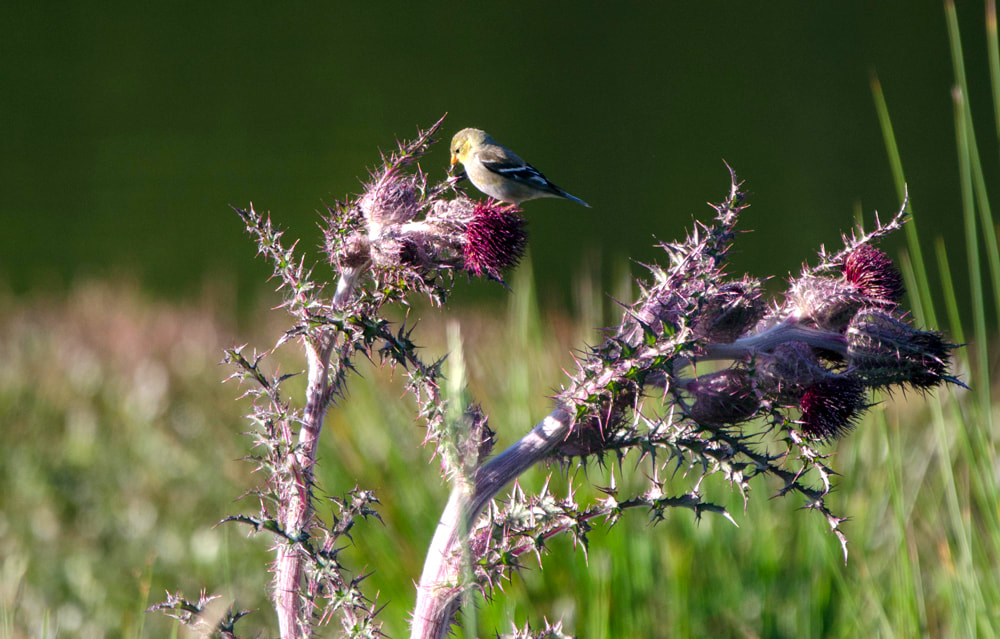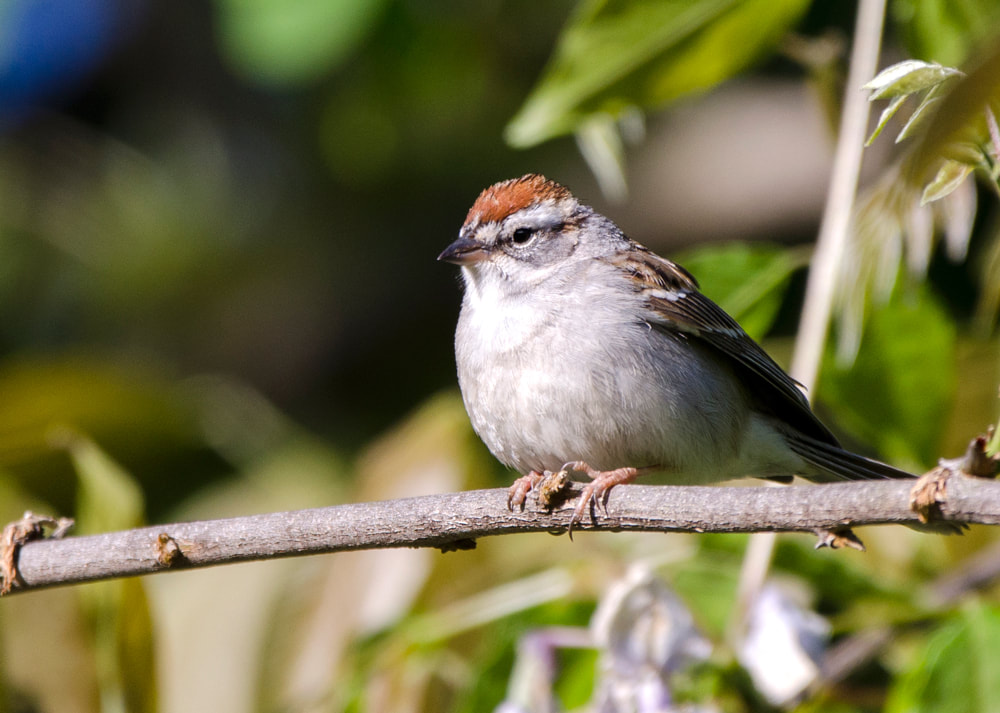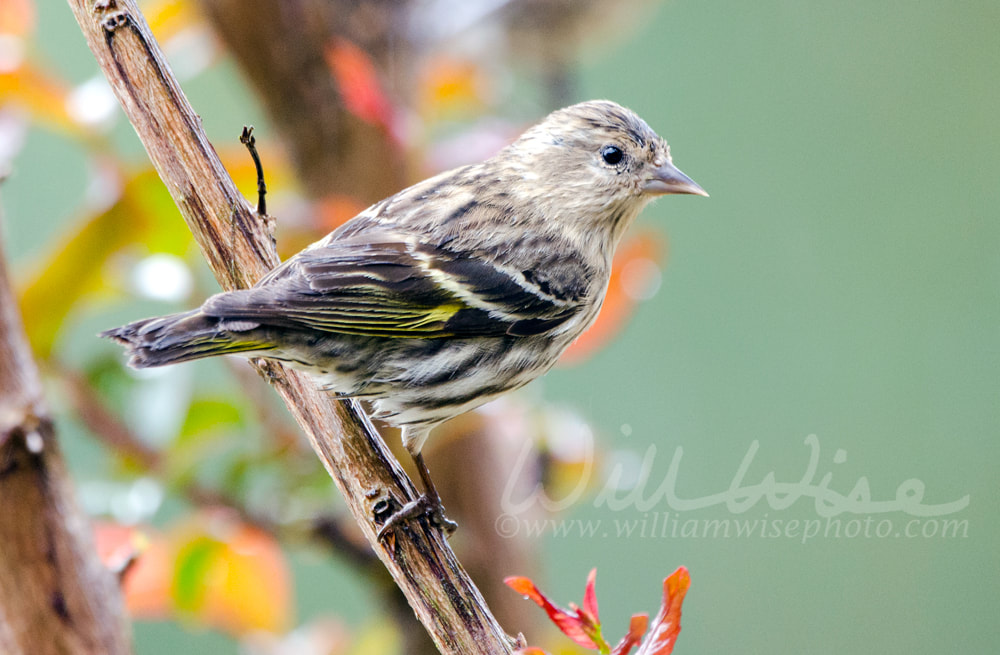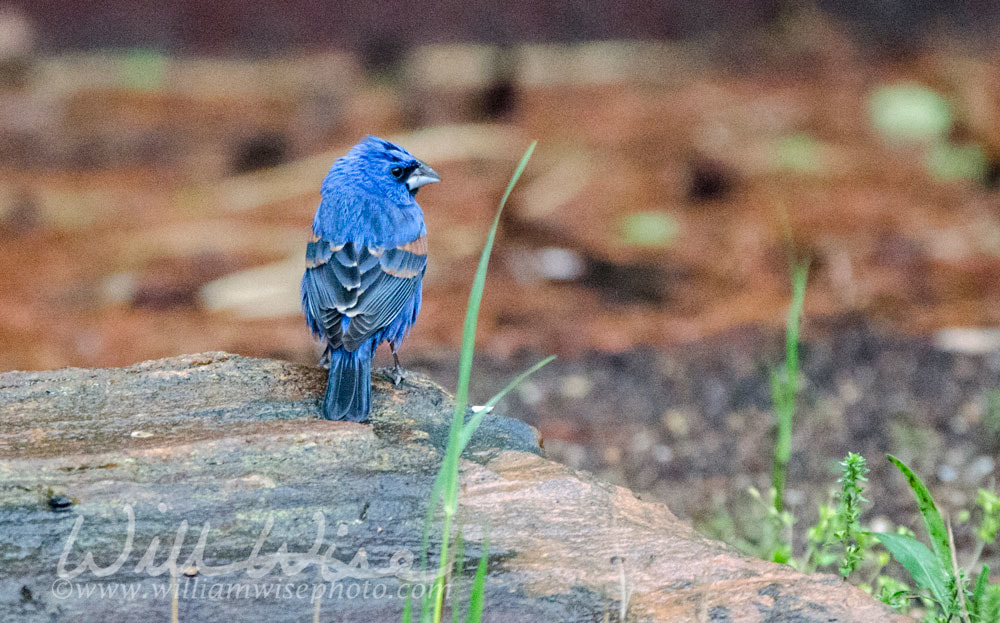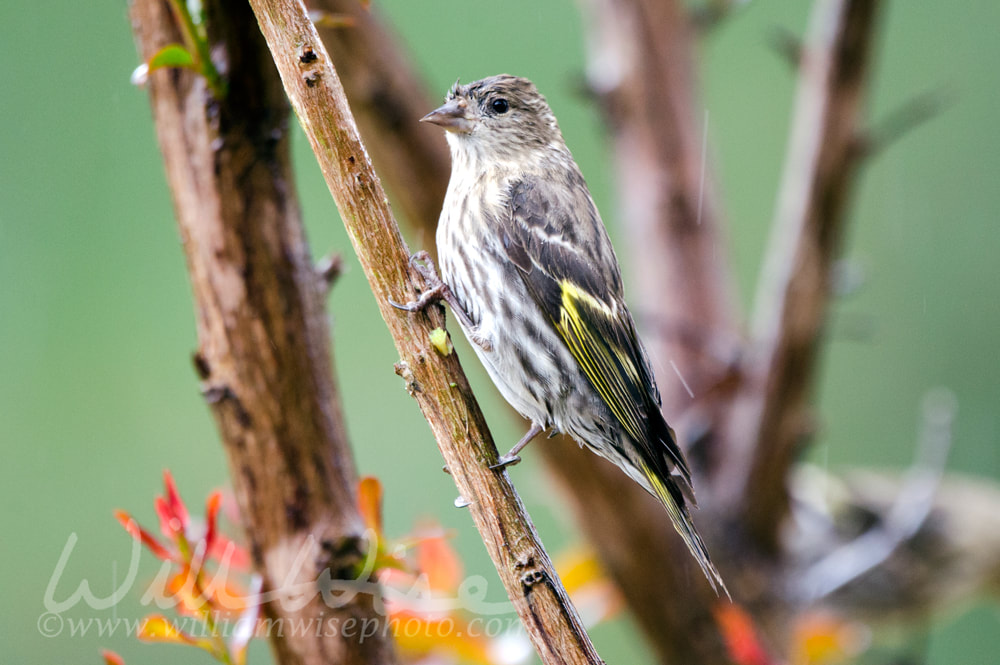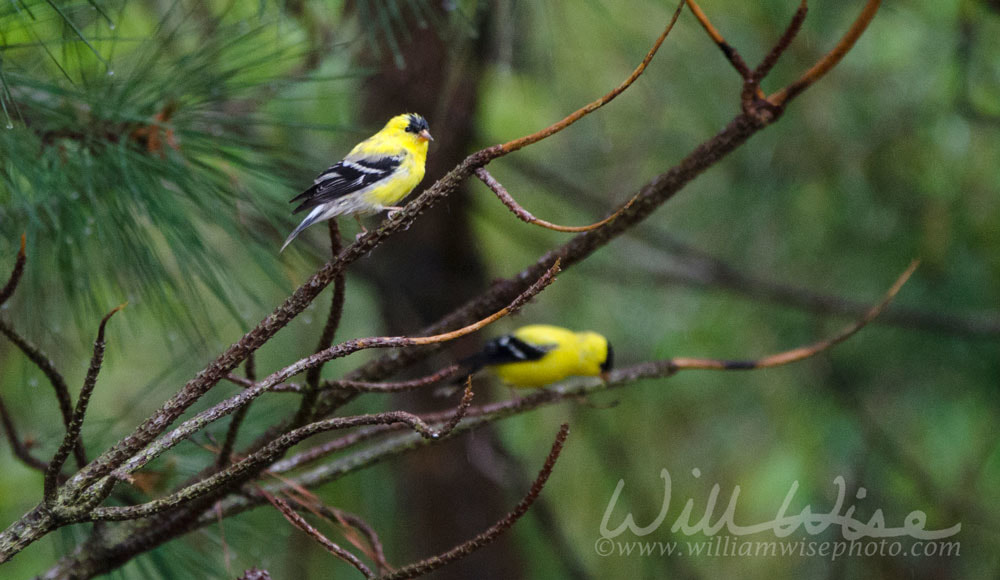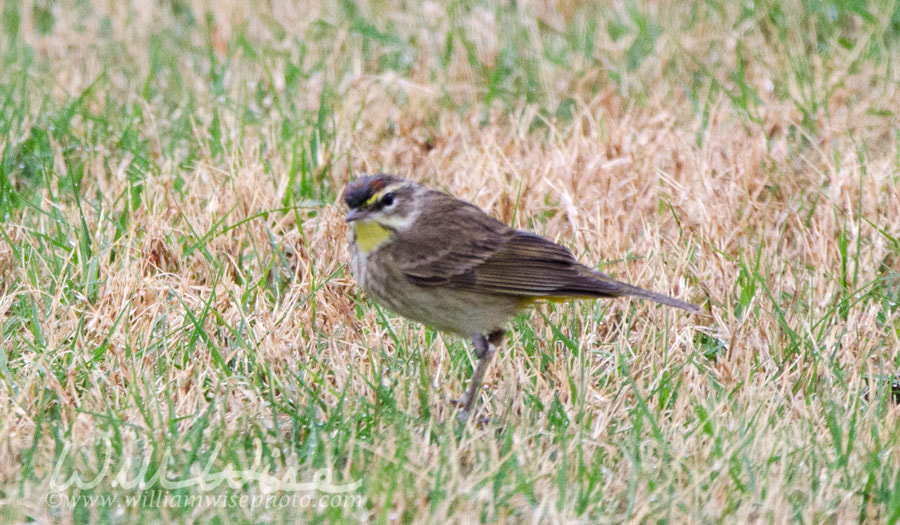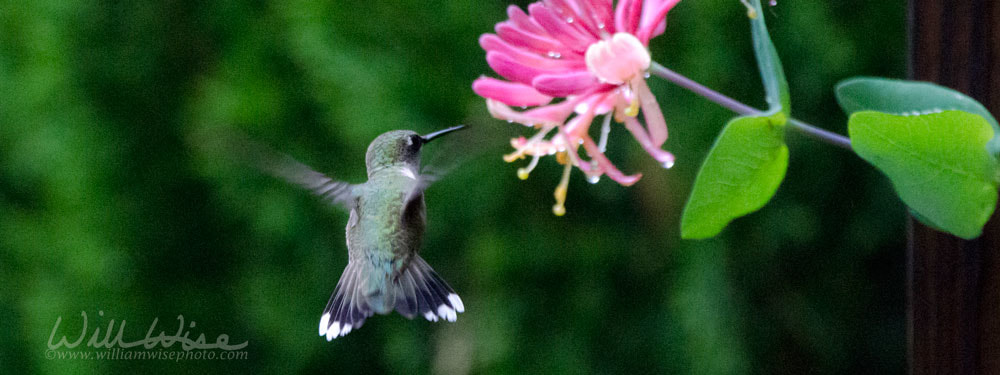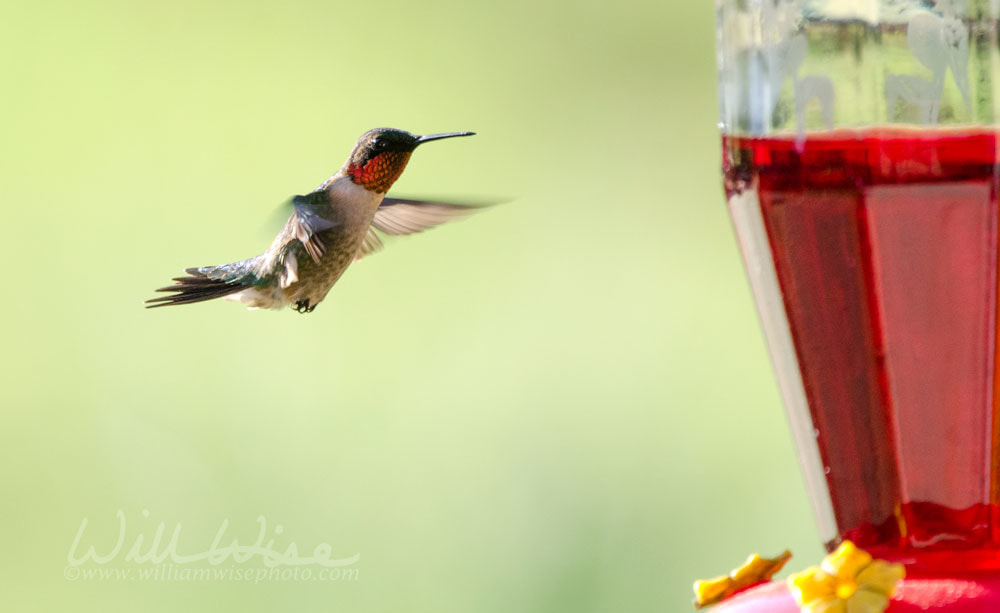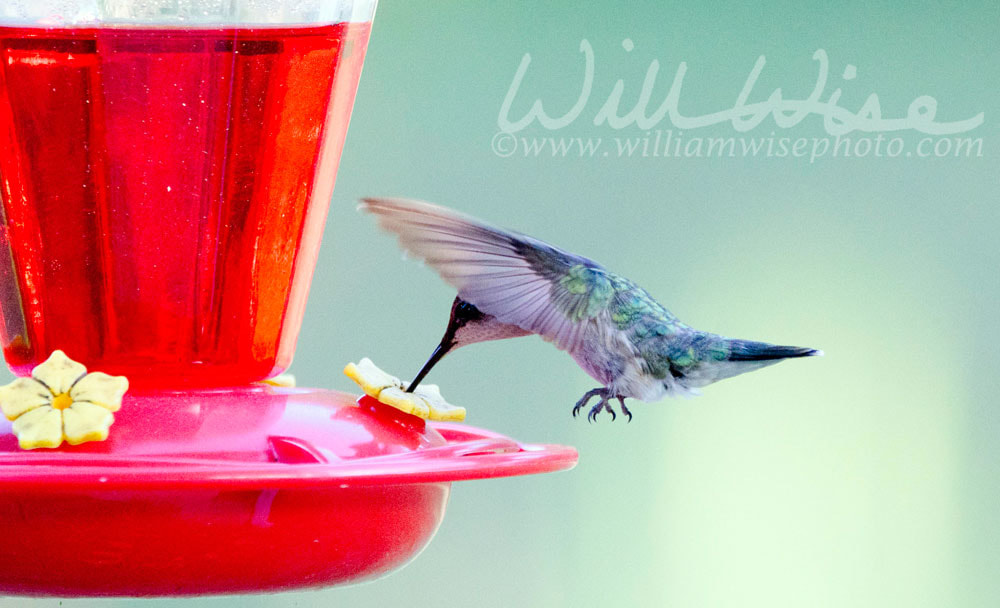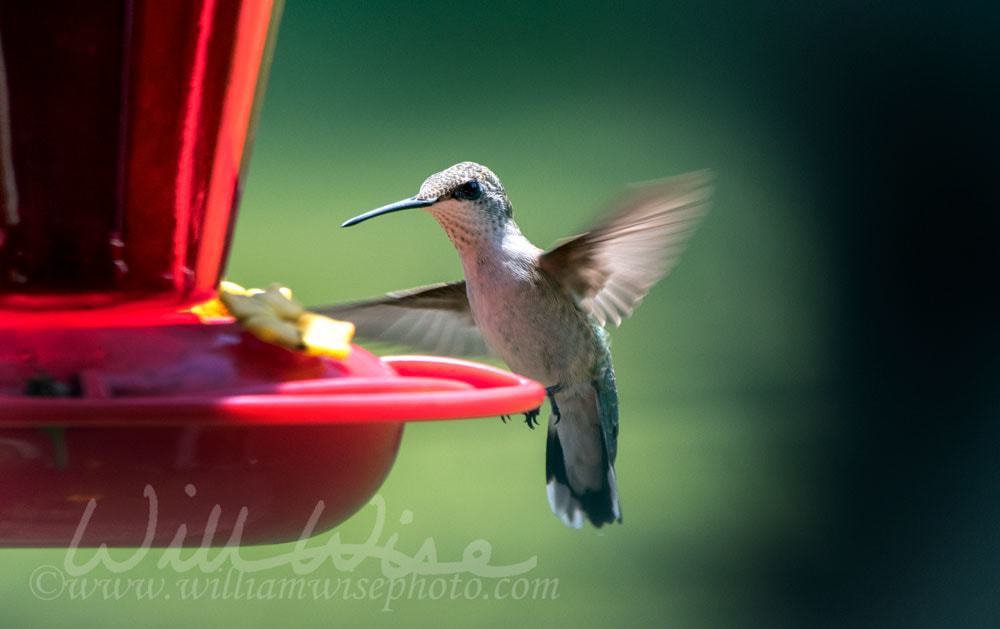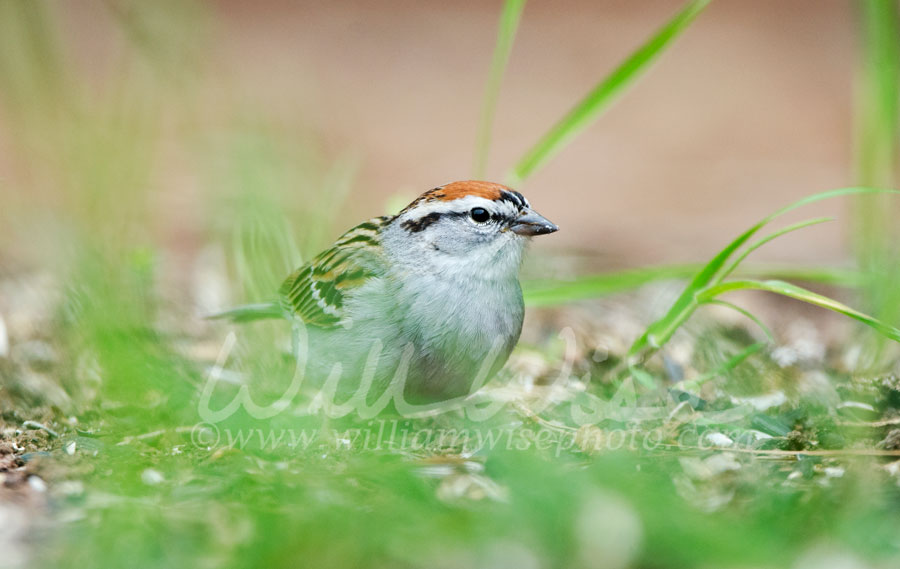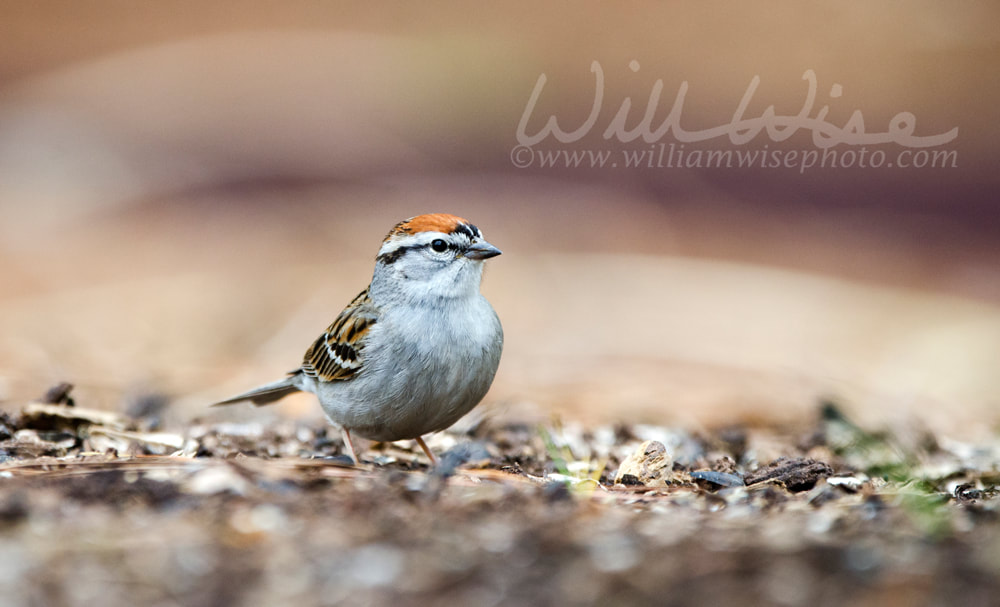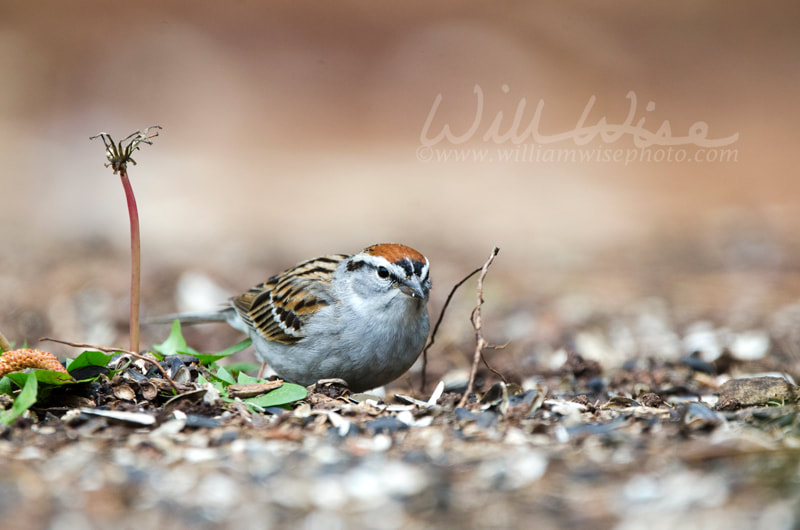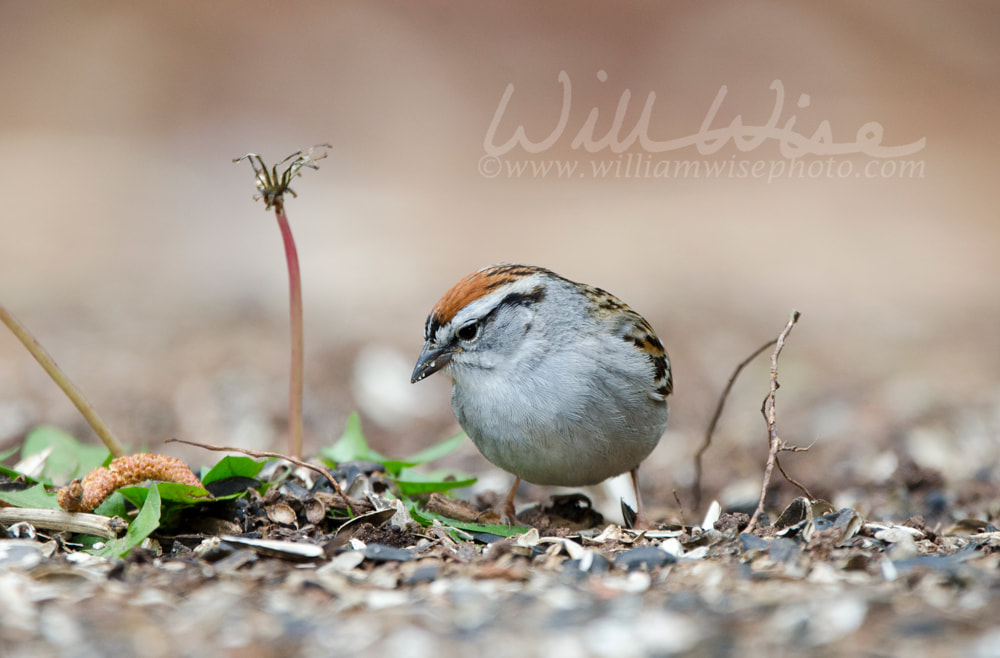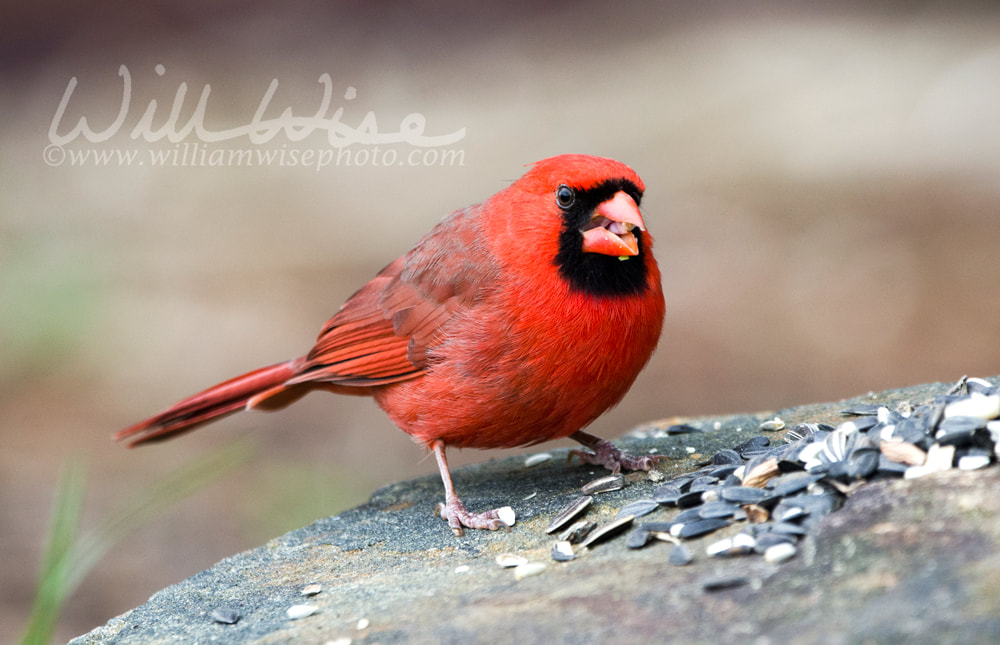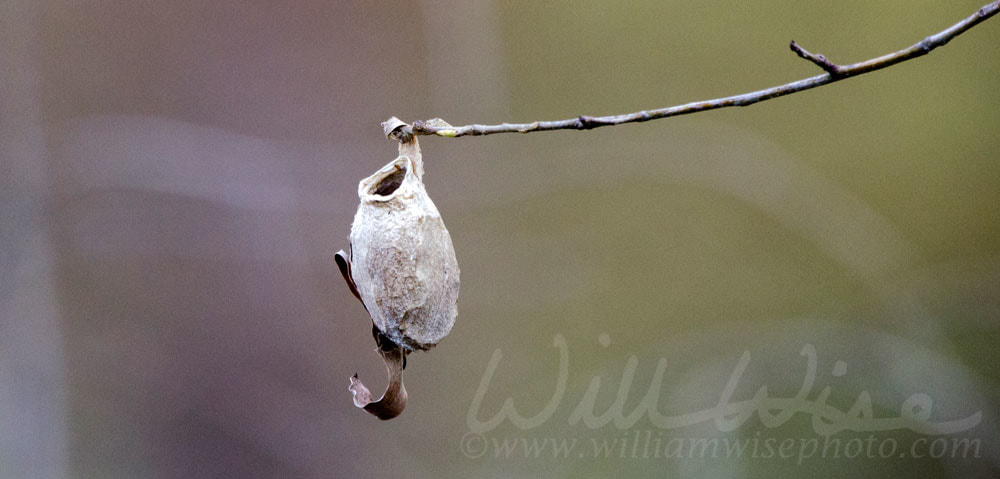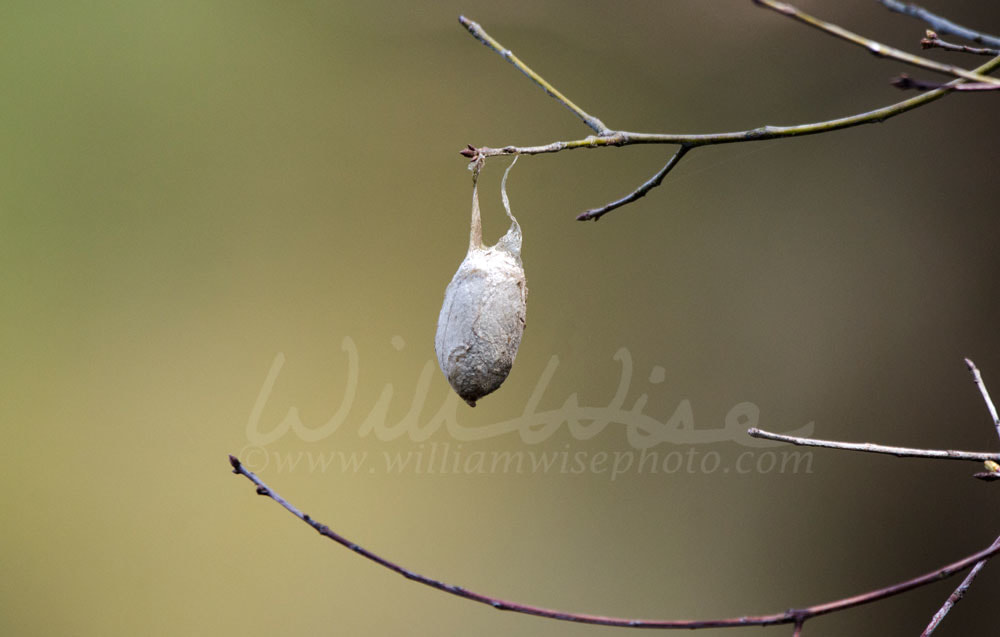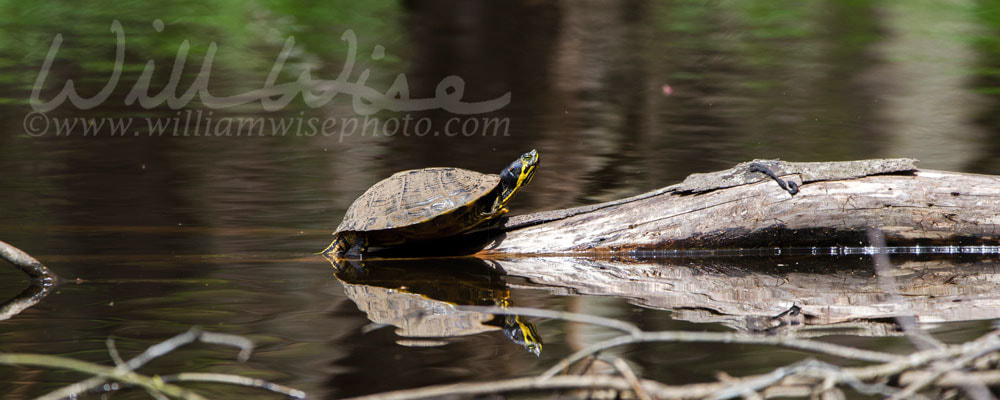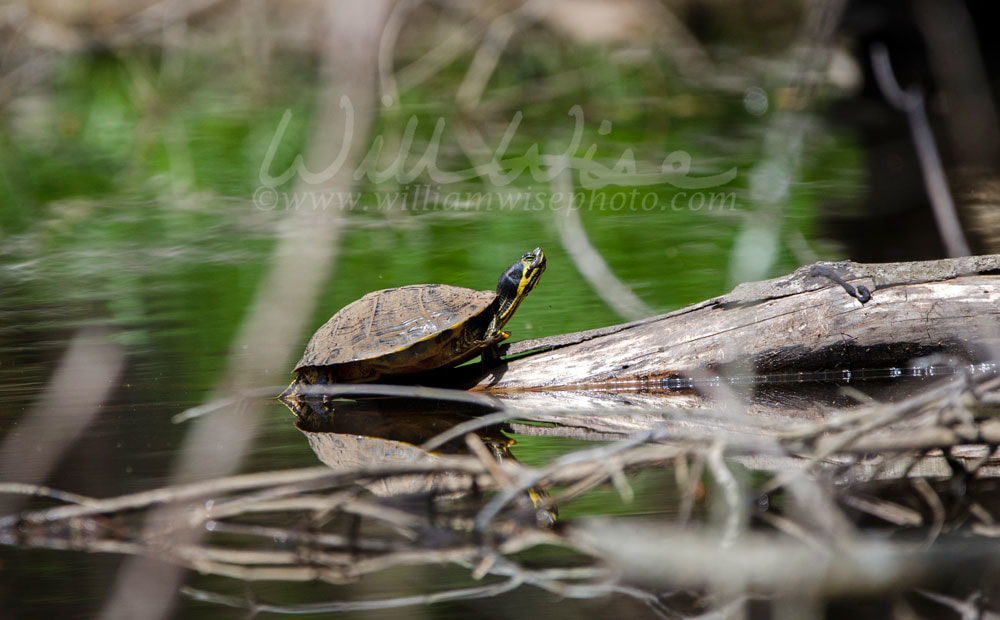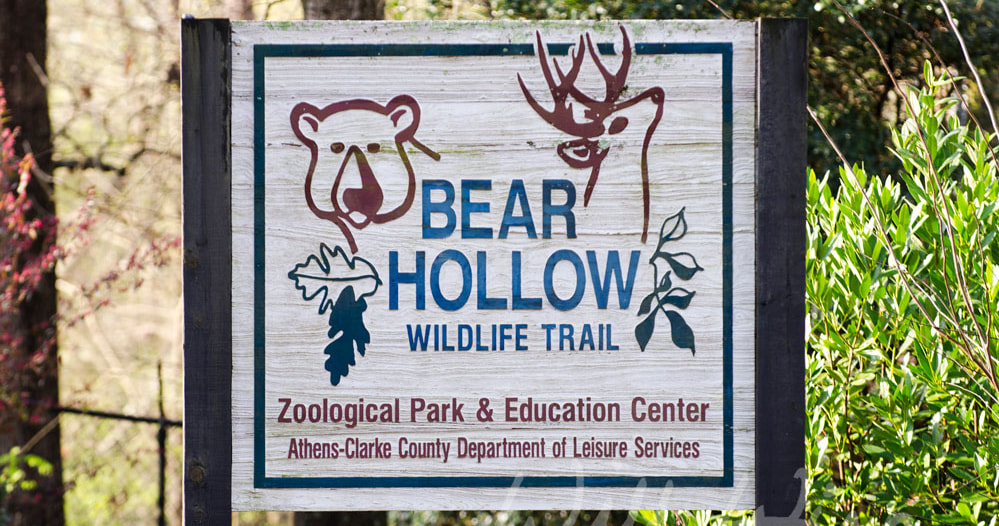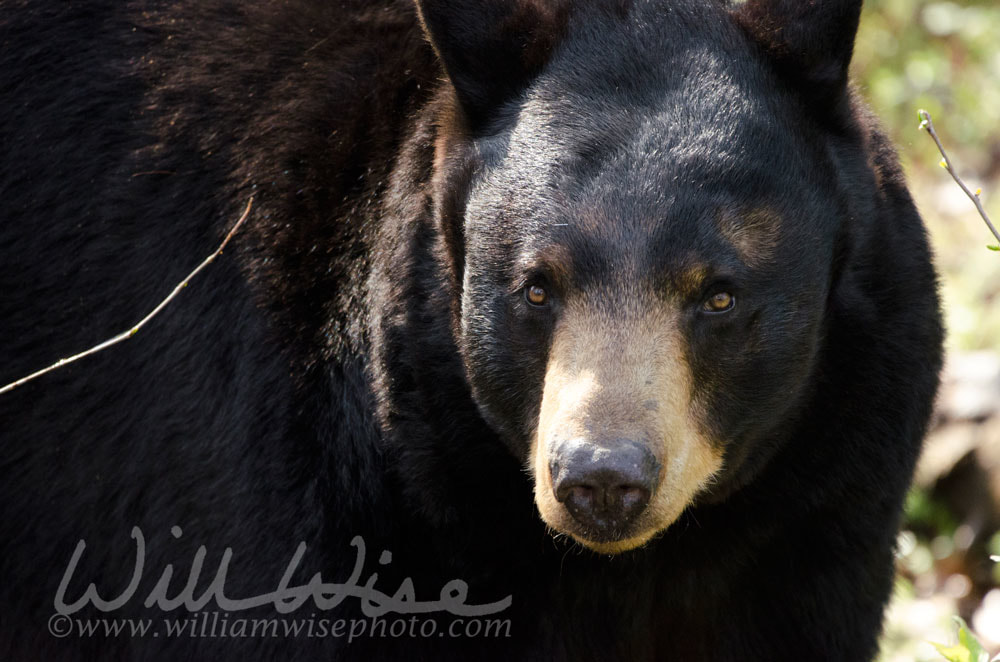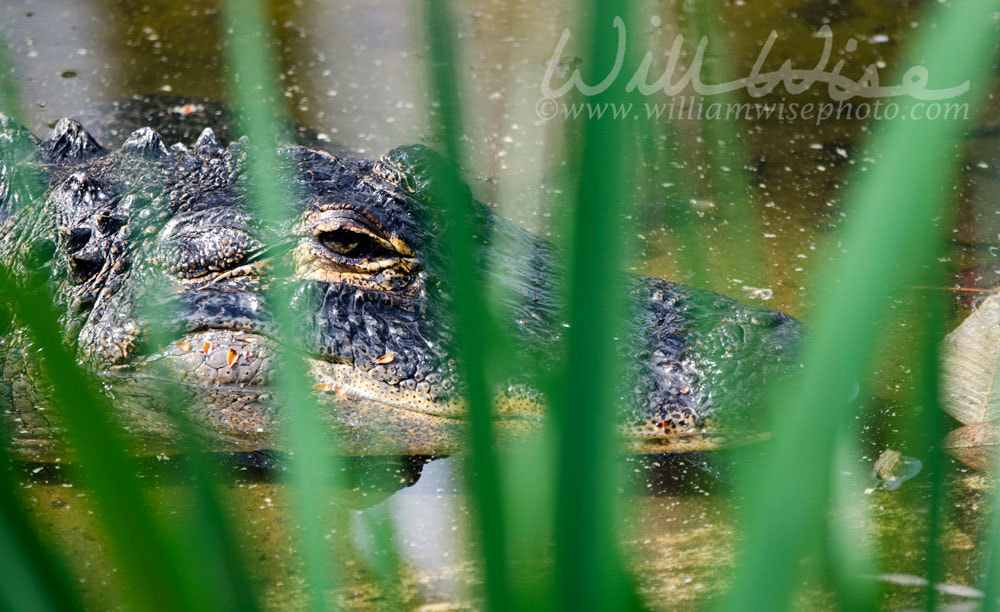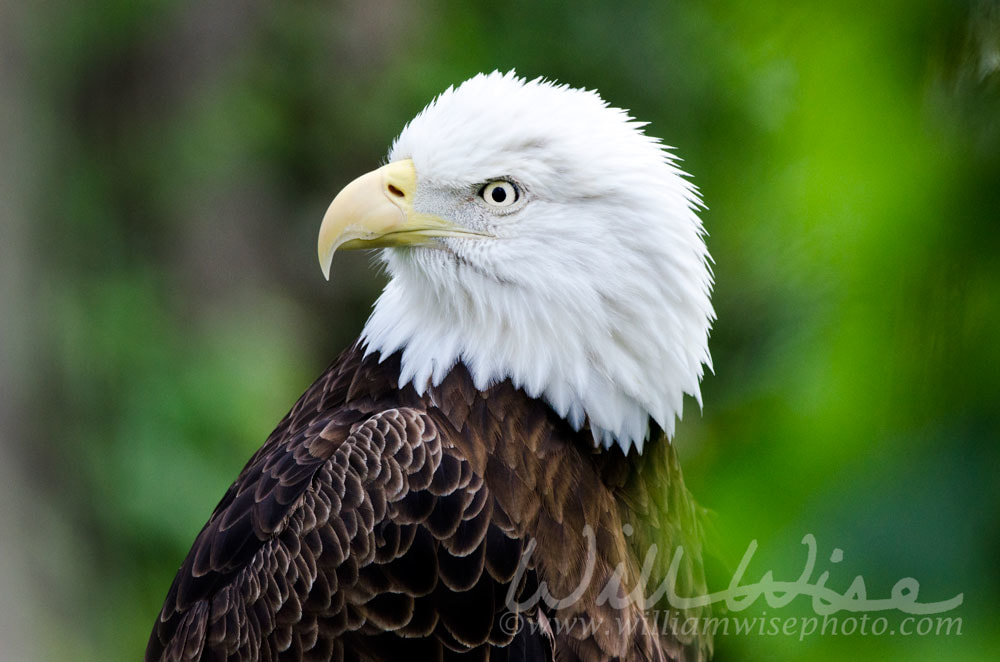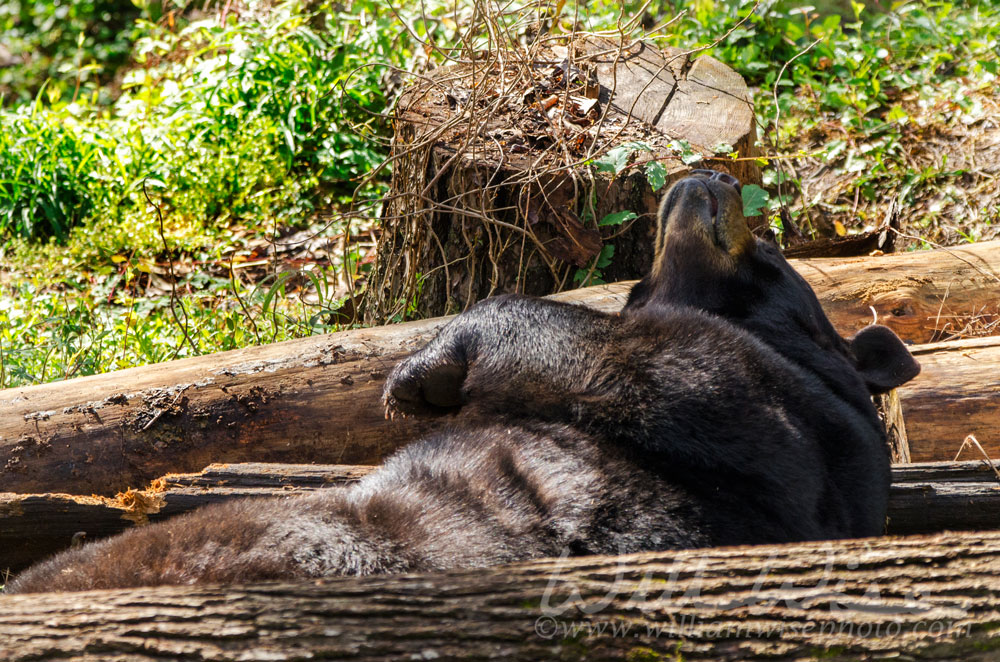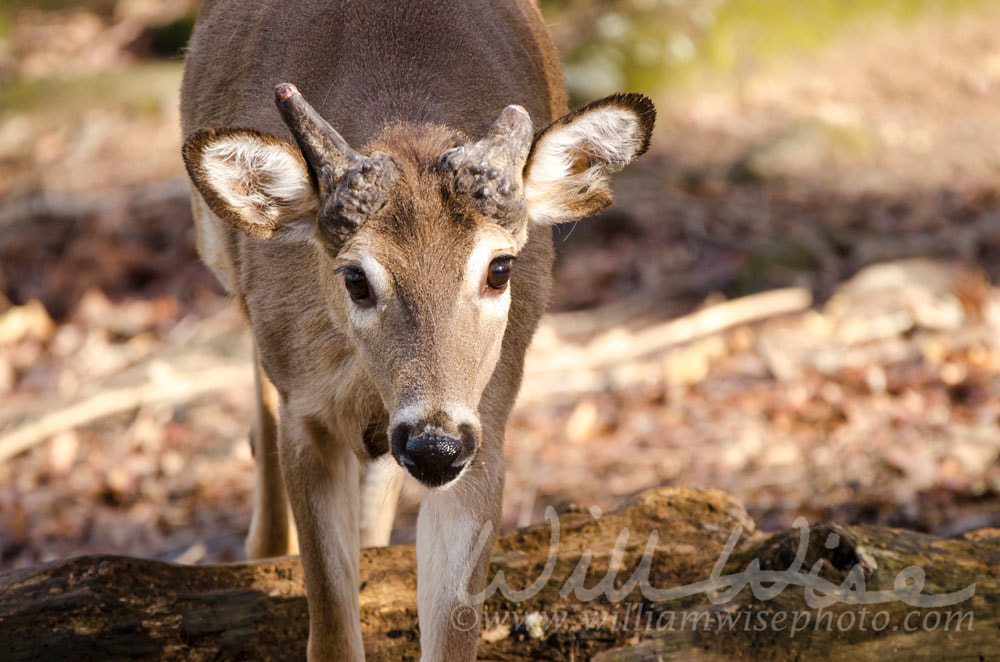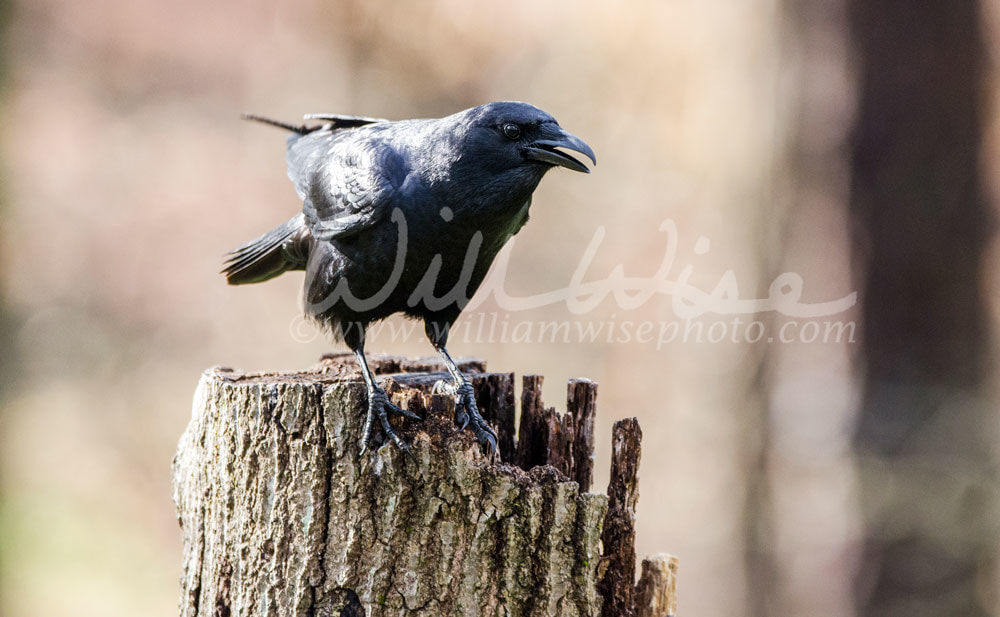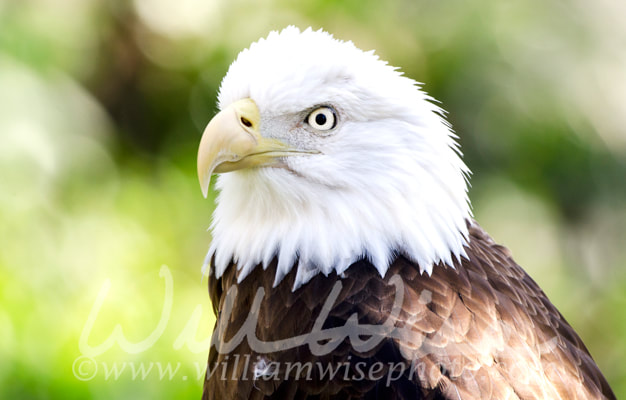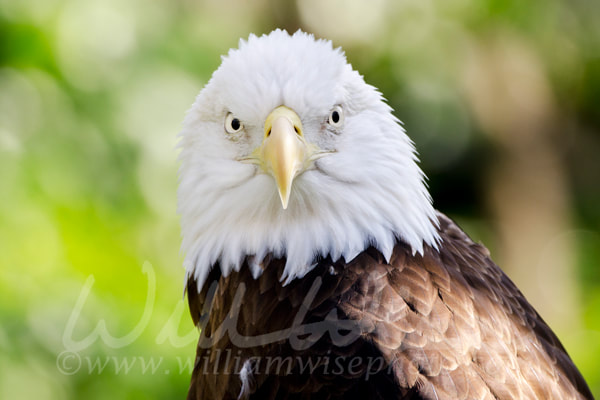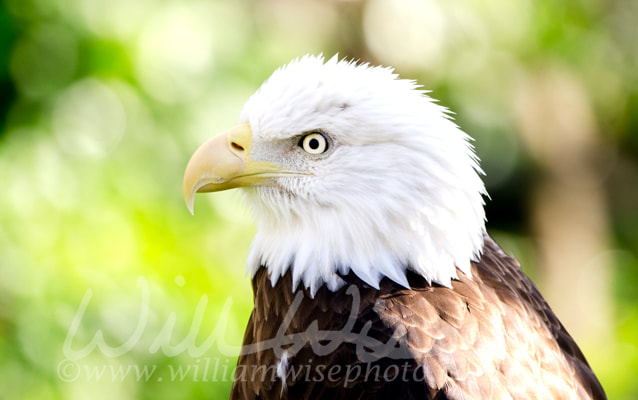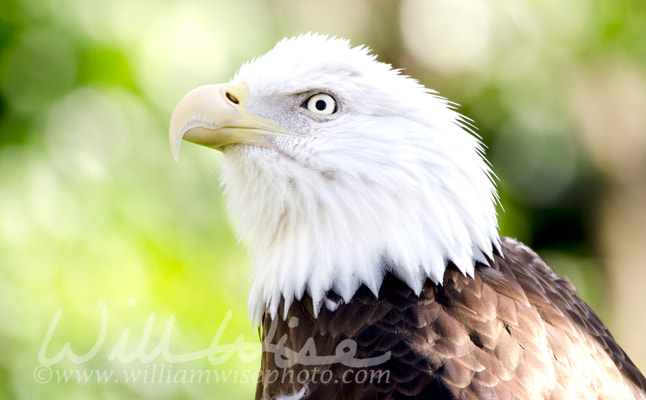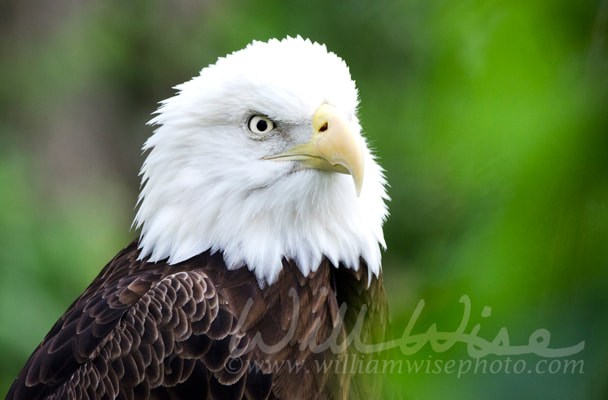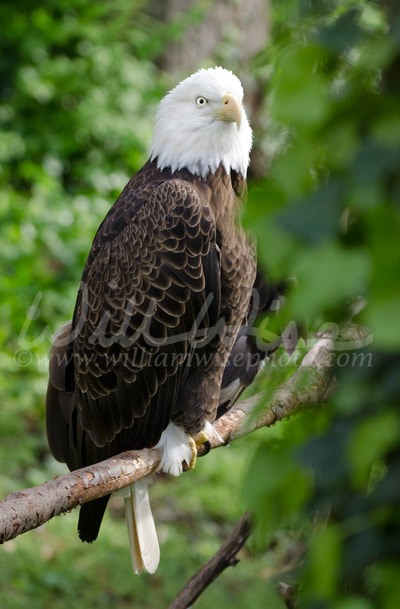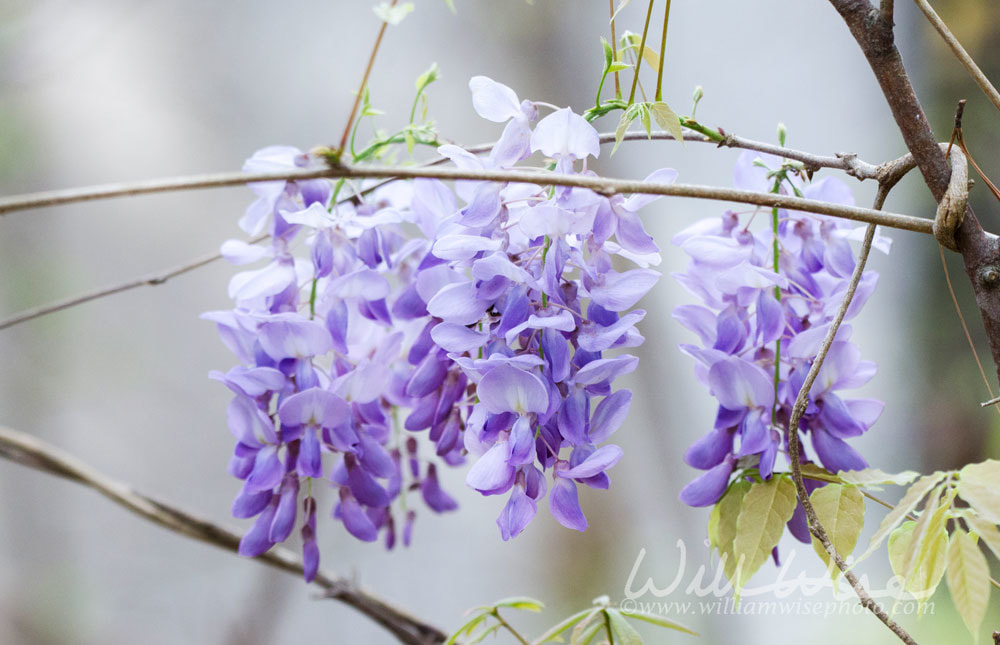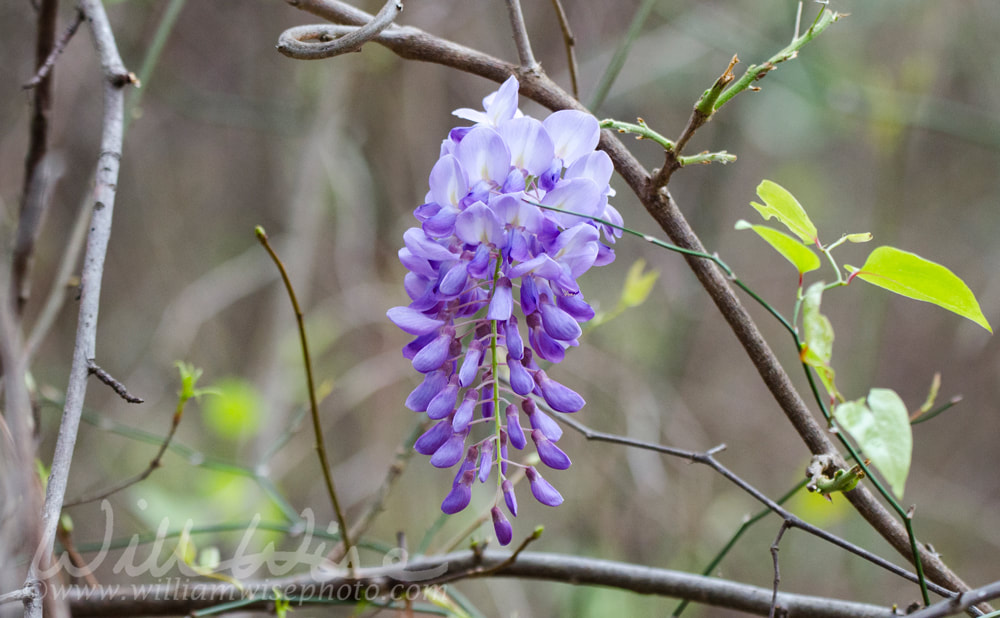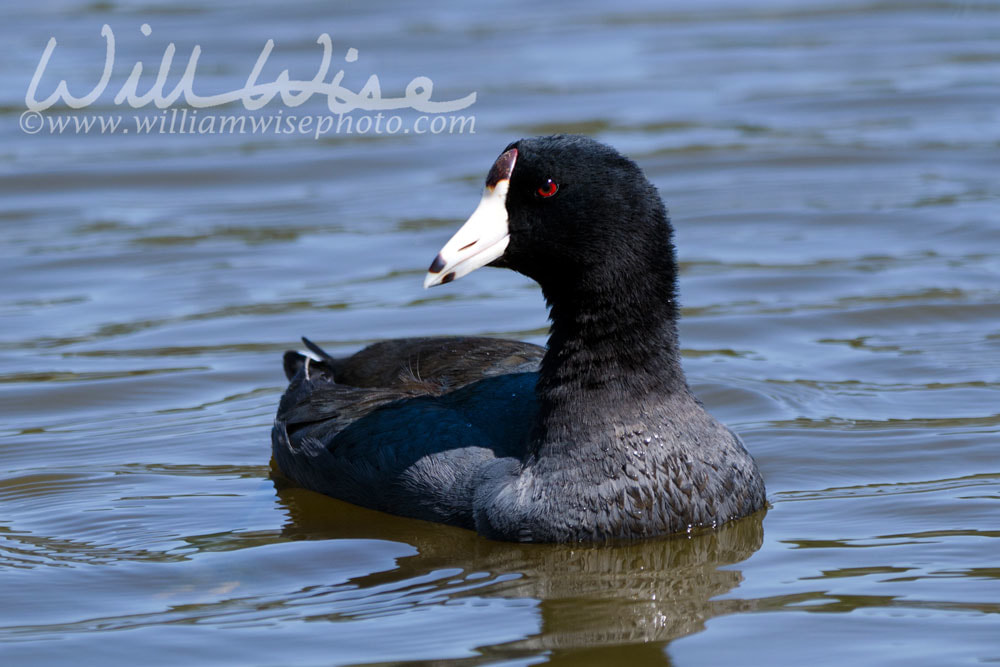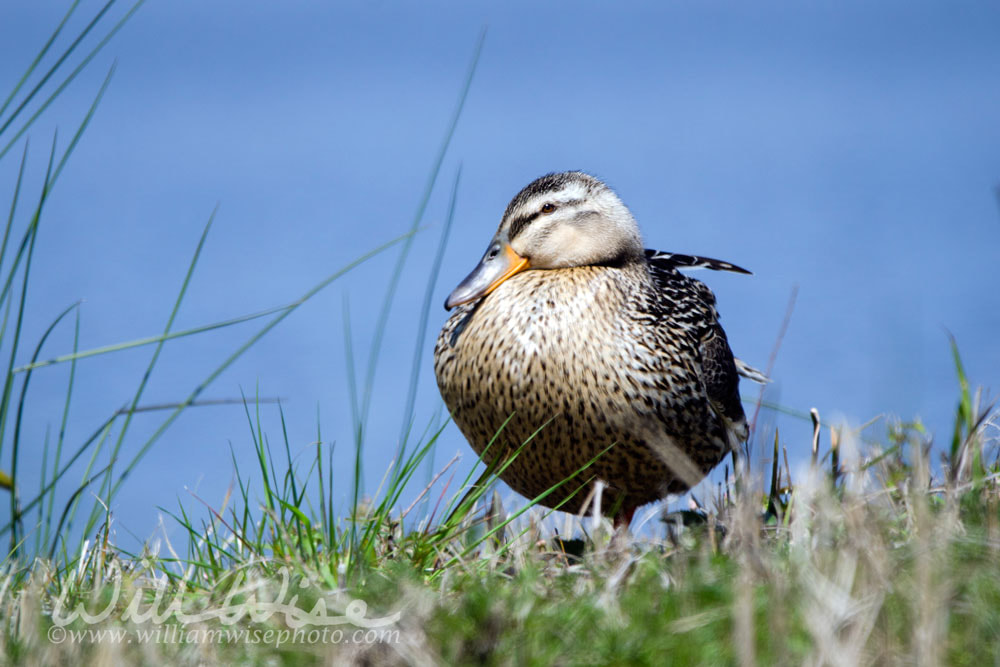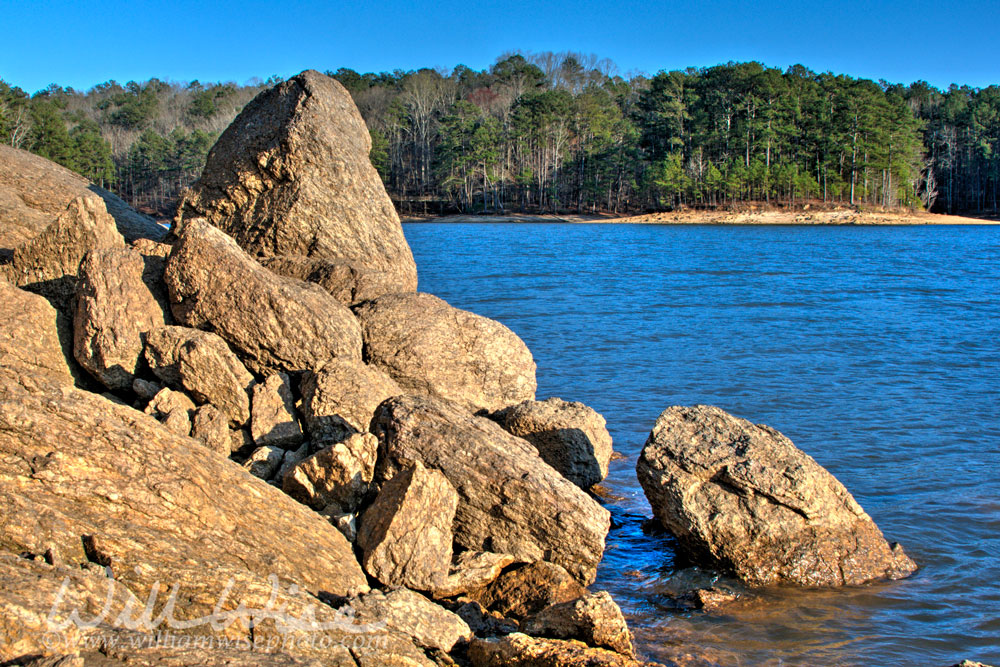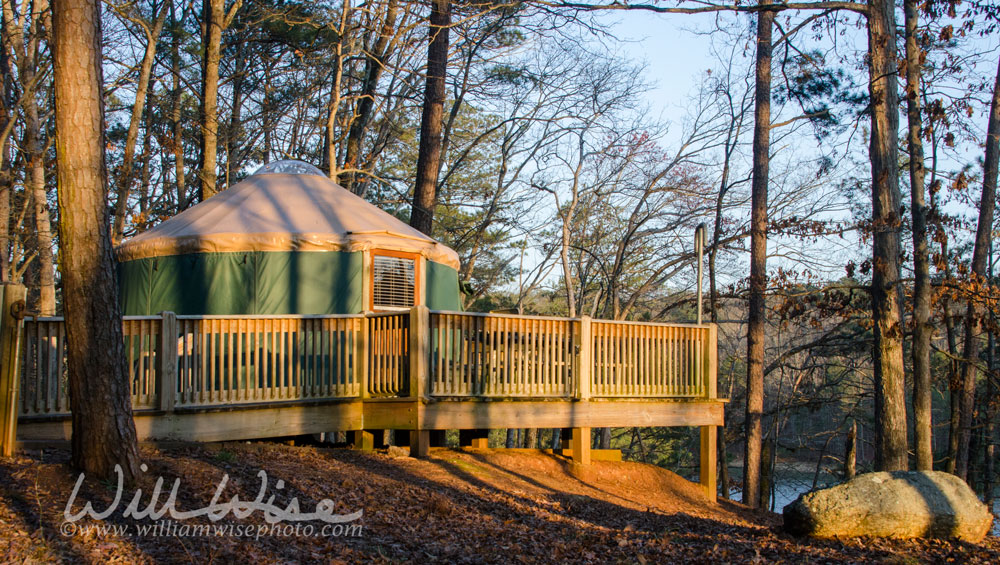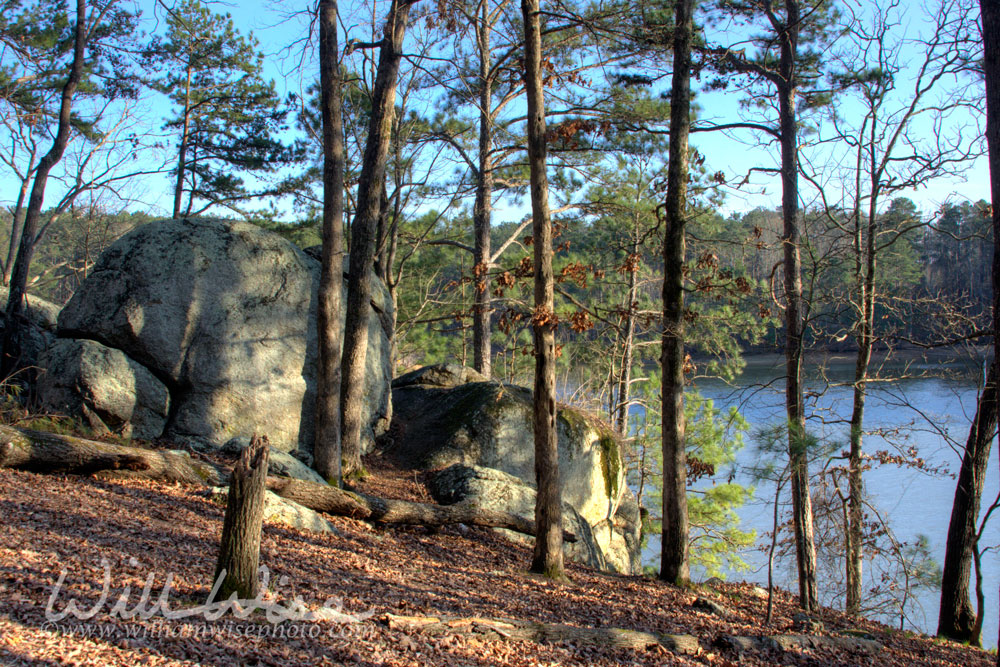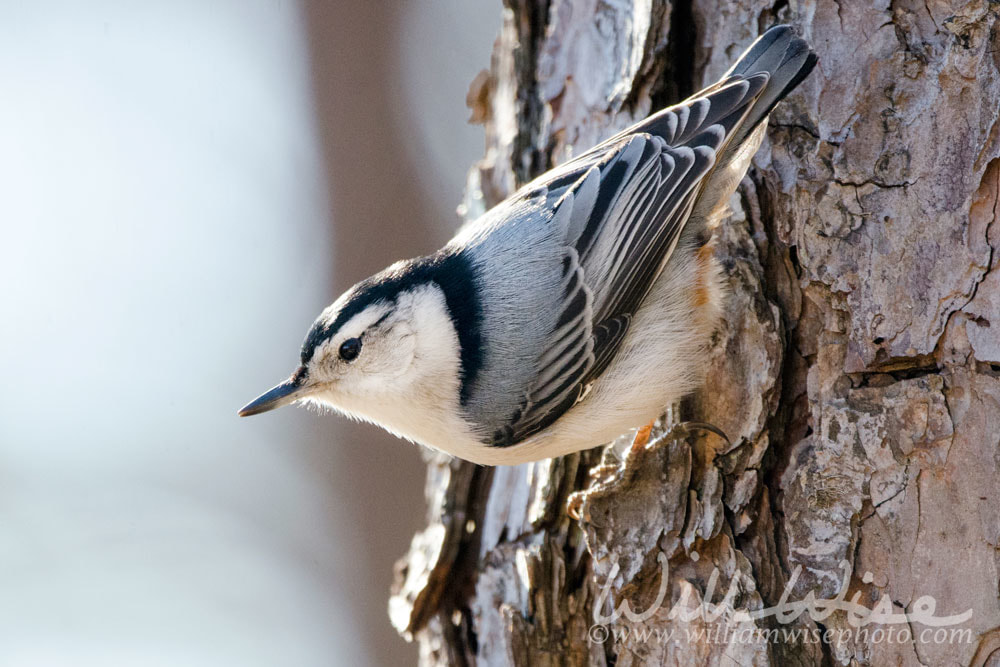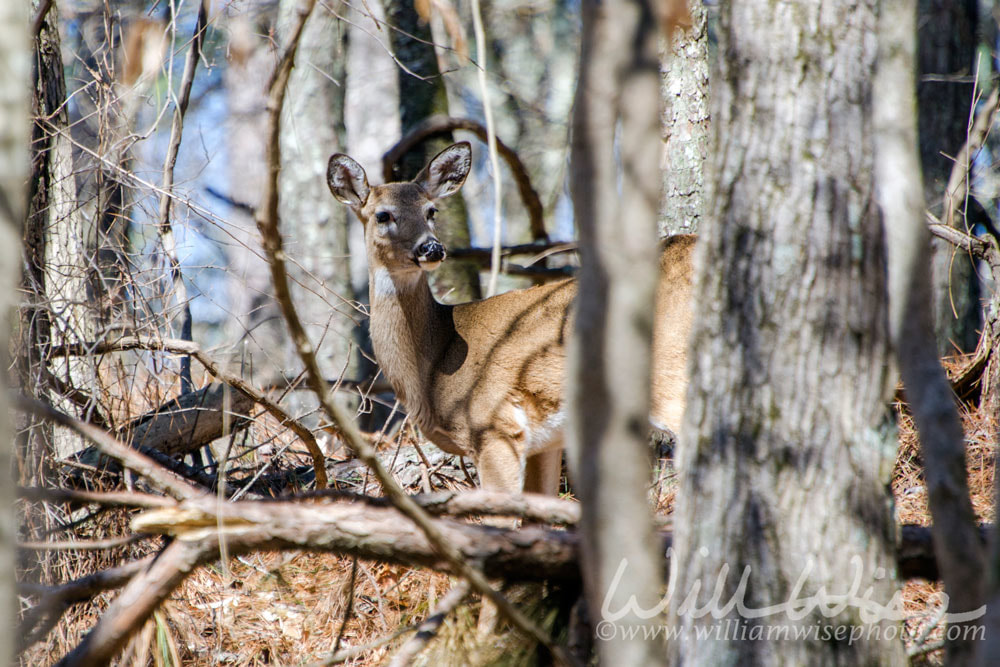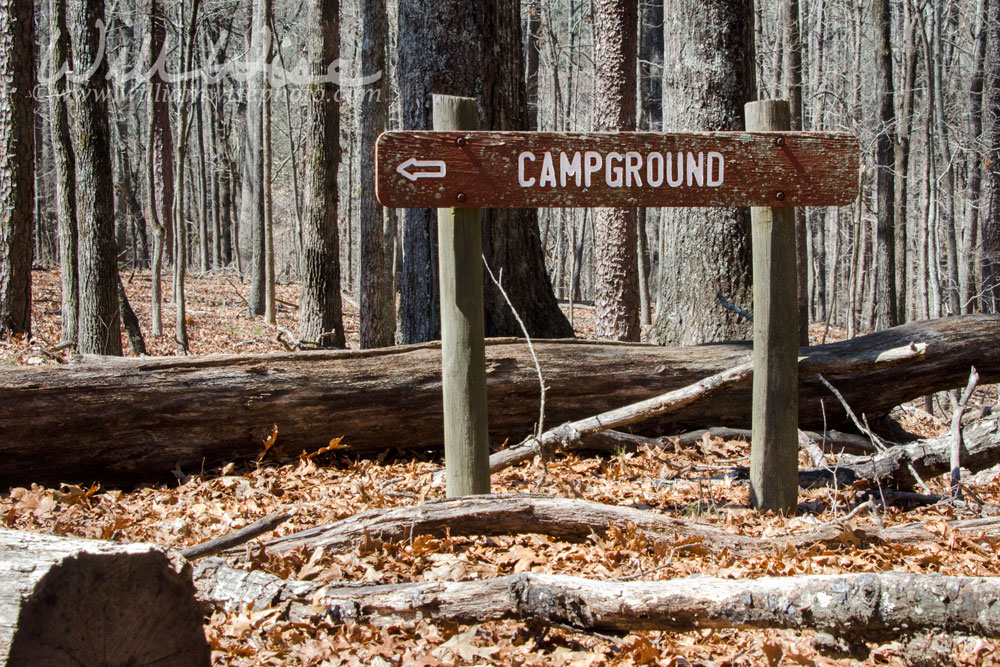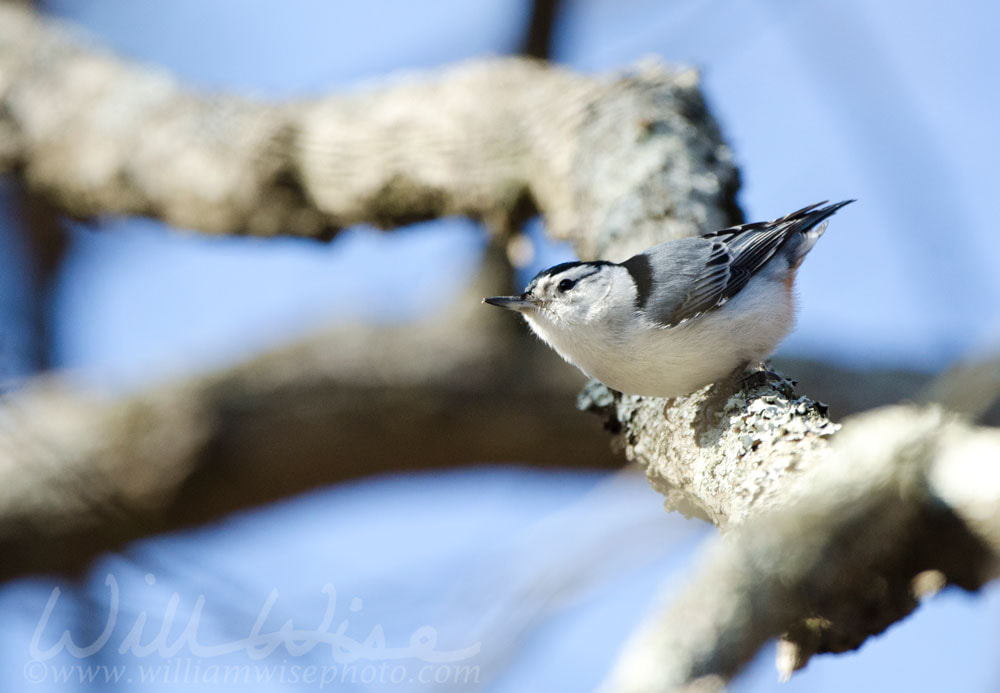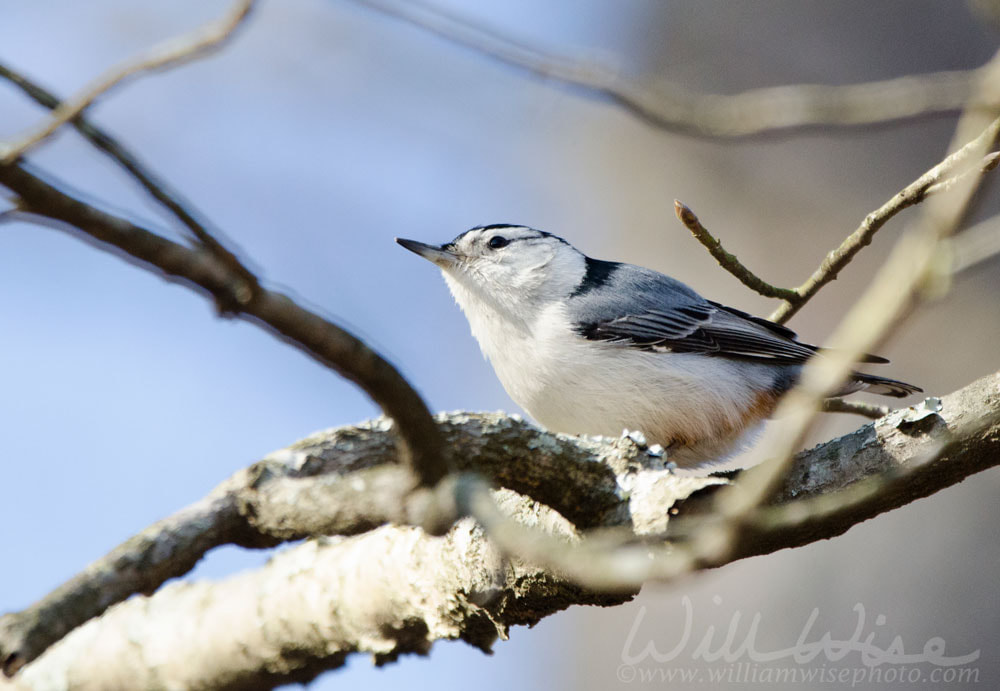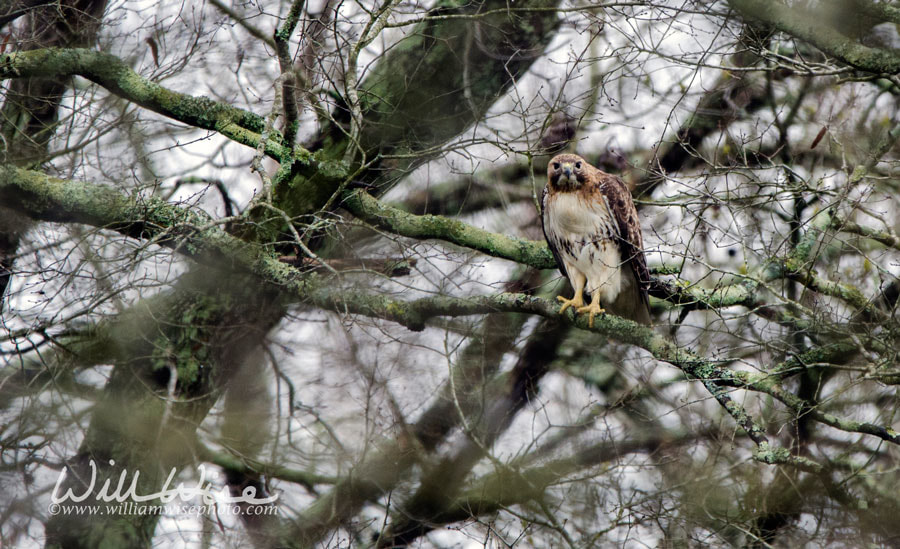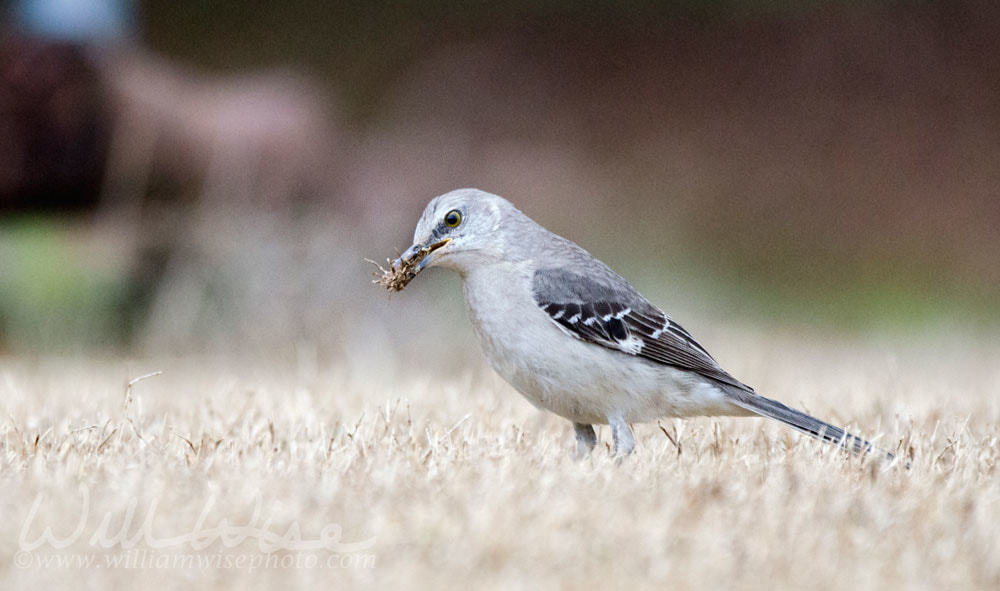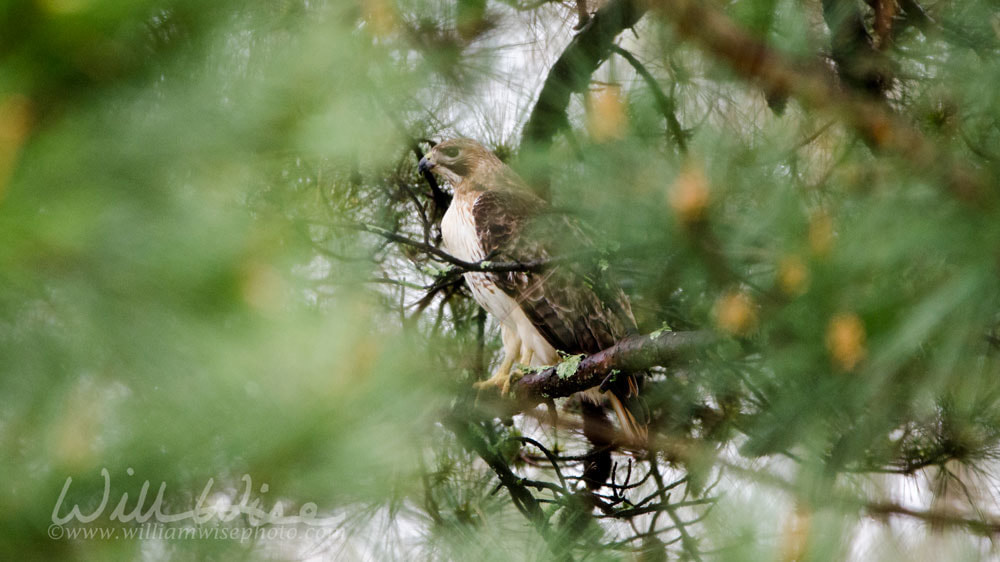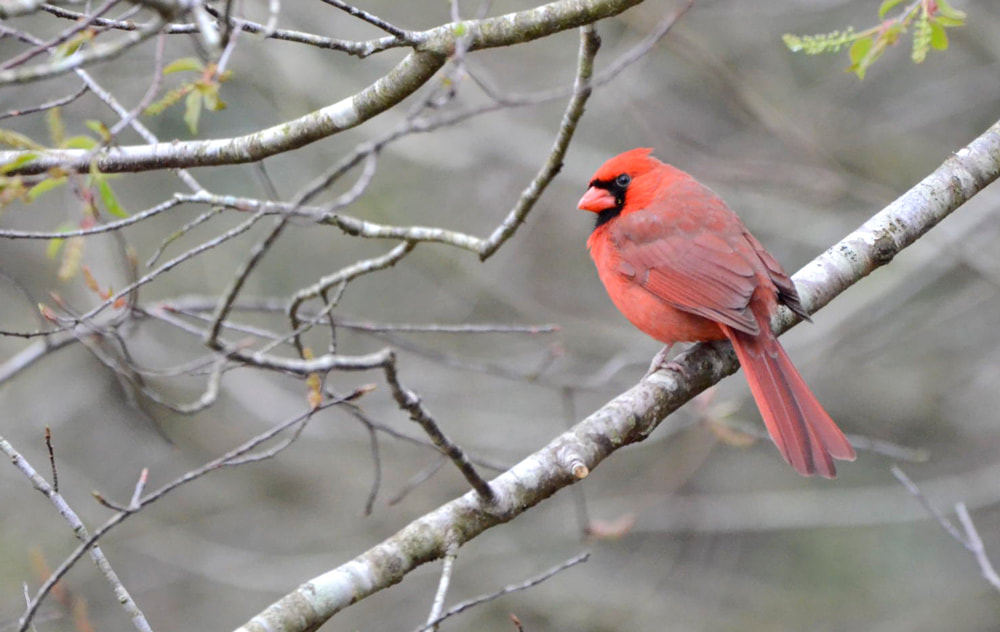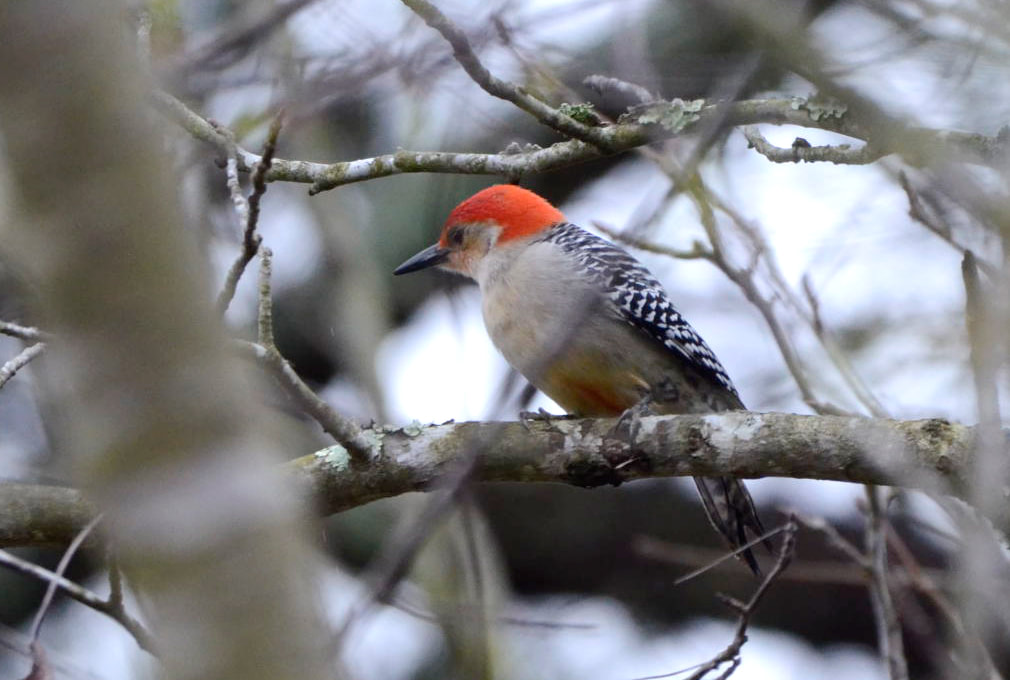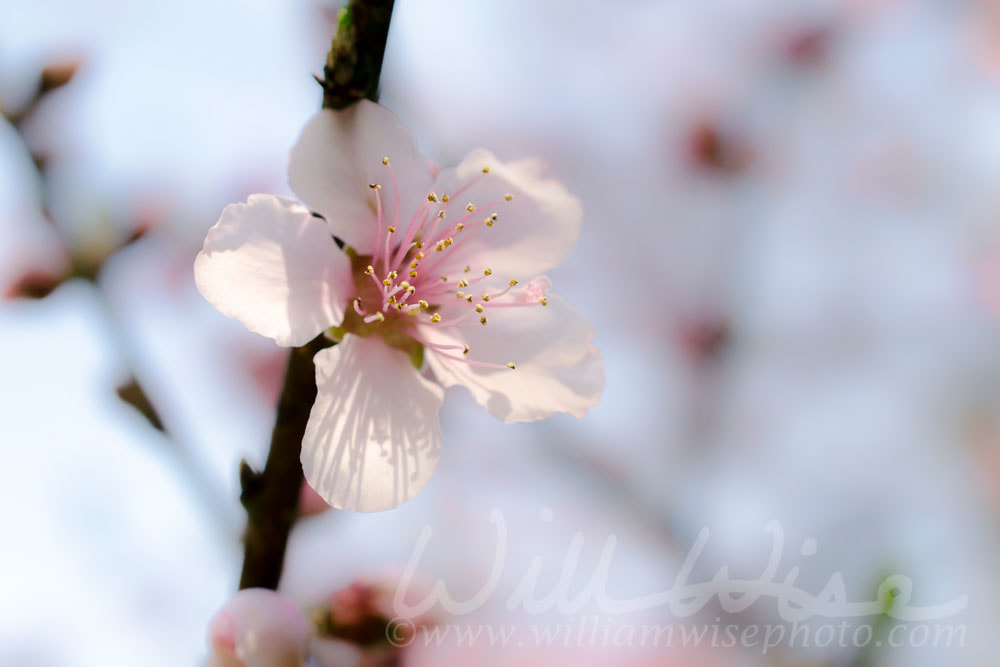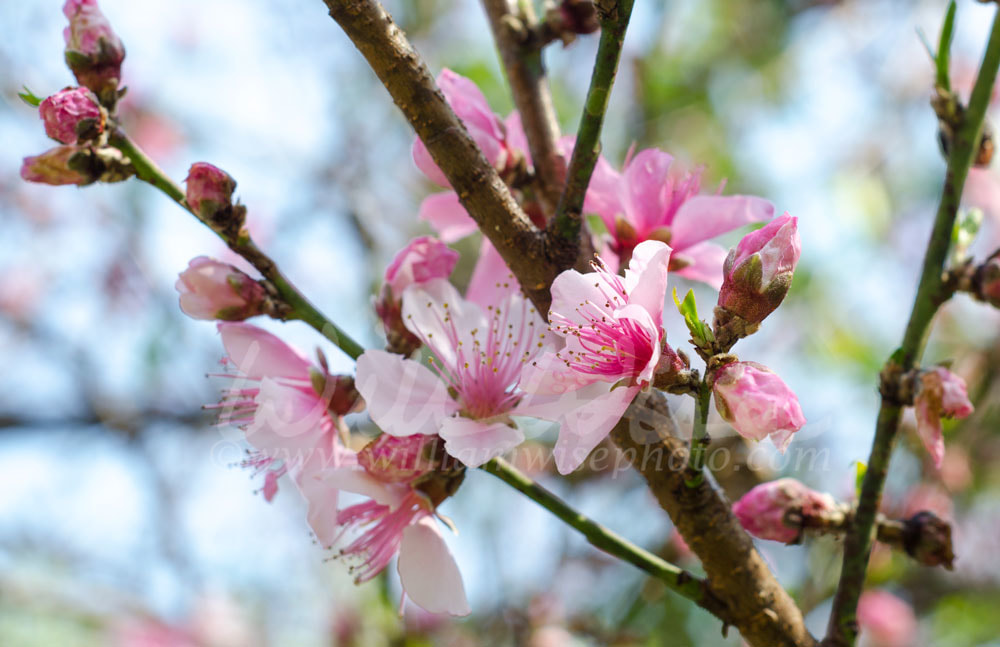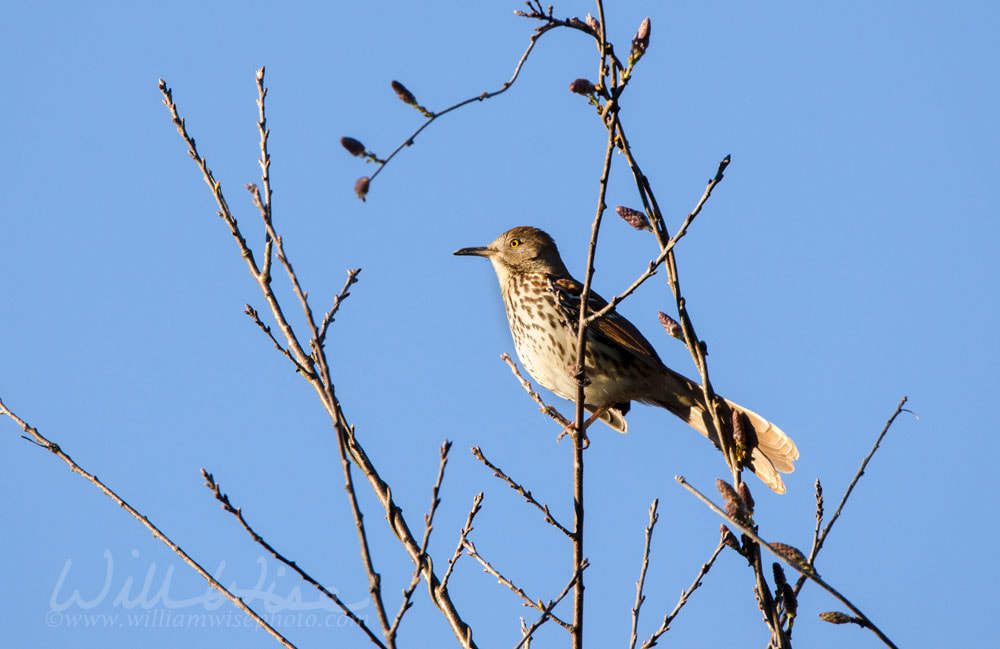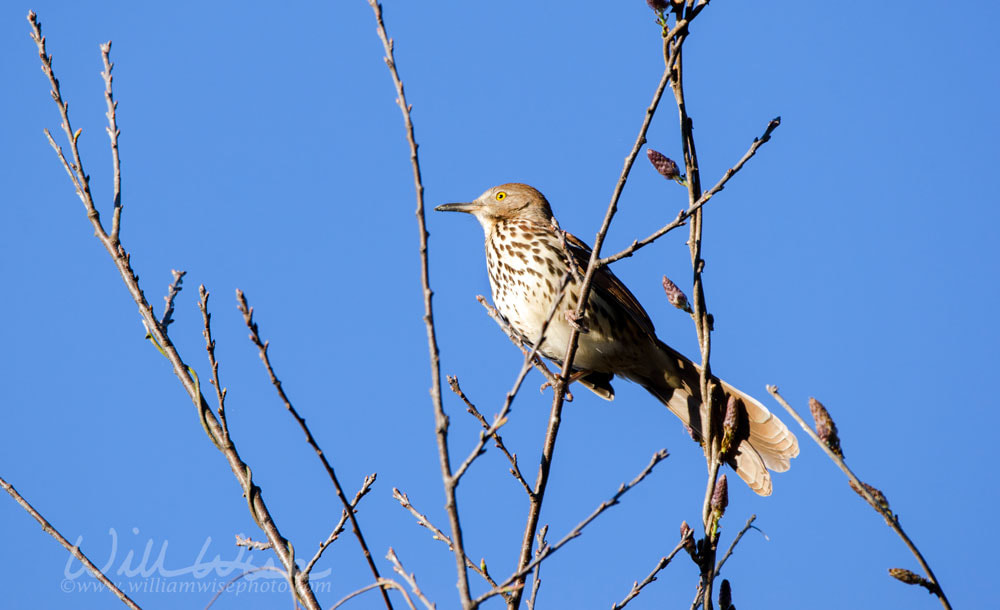1 Timothy 6:14 "Keep this command without spot or blame until the appearing of our Lord Jesus Christ, Friday, 8:40 AM - With my wife gone all week to Romania, it was a pretty hectic schedule all week at home. I could be spotted cooking, cleaning (somewhat), doing laundry, and carting the girls back and forth to soccer practice. I was very thankful that the animal intake was very low for the week and coming to work almost seemed like a break! On an early morning bird walk around the retention ponds, I spotted another new life bird for me: the Spotted Sandpiper. Four of these little, plump birds were bobbing their tails up and down on the floating vegetation of the banks. Cornell’s website says, “Though you may think of the beach as the best place to see a sandpiper, look for Spotted Sandpipers alone or in pairs along the shores of lakes, rivers, and streams. The Spotted Sandpiper is the most widespread breeding sandpiper in North America.” In just a short time walking the pond perimeter, I spotted several more species and snagged a nice ebird list. It seems all the birds were out enjoying this beautiful, sunny spring morning as the sky warmed up. Walton County, Georgia, USA
0 Comments
The pastures of the wilderness drip, And the hills gird themselves with rejoicing. The meadows are clothed with flocks, And the valleys are covered with grain; They shout for joy, yes, they sing. Psalm 65 It’s 7:30 AM on my back patio. Lidia is in Romania, the girls are still sleeping. The Crepe Myrtles are sporting new sprigs of foliage about 4 to 6 inches long and the Persimmon is finally beginning to bud fourth. The Honeysuckle on the arbor is full and covered in bright flowers. Thick white clouds cover the sky. Lower, faster moving, darker clouds begin to move in from the western horizon. Instead of brightening with sunrise, it is actually getting darker as the gray clouds continue to move in. In the dim light, I see a dark blue bird at the feeder. The first Blue Grosbeak of the season has arrived! The sky turns darker and the sounds of strong winds pick up through the woods. The rains are coming… Rain, rain, rain all morning during church service. In between services, despite the light rain, there is such a wonderful bird activity at the feeders. While eating lunch I spy several bright Goldfinches moving across the yard. One of these days I’ll get a close-up. At 2:26 PM, rolling thunder. I see a small bird zipping across the yard. It buzzes over to the honeysuckle blooms on the turtle pond arbor. A hummingbird! Next, a gathering of brown birds with slight yellow highlights. Are they faded out Yellow-rumped Warblers? Are they some variety of House Finches with whom they are gathered? In a few minutes, one of the birds in question alights just feet from me in Crepe Myrtle almost as if he knew I wanted a closer look. The Merlin App identifies it as a Pine Siskin. Another life bird photo for me! The rain continues, and so do the birds. Chipping Sparrows; the Blue Grosbeak returns but this time with his mate; two Red-bellied Woodpecker’s chase each other around the Persimmon tree; towhees scraping the mulch and discarded seed hulls. At 3:25, strong wind and driving rain pushes me indoors. But through the front window I see another new bird. Brown streaks on a tan belly, yellowish eyebrow and throat, and a rusty cap. Once again I consult the Merlin App and he tells me a Palm Warbler is visiting my yard. Another life bird photo! Athens, Clarke County, Georgia Jeremiah 8:7 The stork knows the time of her migration, as does the turtledove, the crane, and the swallow. They all return at God’s appointed time each year... Sunday, April 15, 2018 – on my usual perch, the back patio, between the morning and evening services on this cloudy Sunday. Just after 2 PM, I hear the thunder rolling in the distance. And right after, I hear that buzzing whir I haven’t heard since last summer: a Ruby-throated Hummingbird! The first of the season! Although it may be some time until the full regimen returns, I run inside and get the feeder from the cabinet. Sunday, April 22 - 7:30 AM on my back patio under a gray sky with a slight cool breeze. I hear that familiar buzz near the turtle pond. A bright throated male stops only momentarily at the honeysuckles. About 20 minutes later he stopped in again, this time for a drink at the recently filled feeder.  William Wise Photo Nature Notes is a wildlife, birding and nature photography blog documenting the beauty, design and wonder of God’s creation. -- "What a wildly wonderful world, God! You made it all, with Wisdom at Your side, made earth overflow with your wonderful creations." Psalms 104 The Message 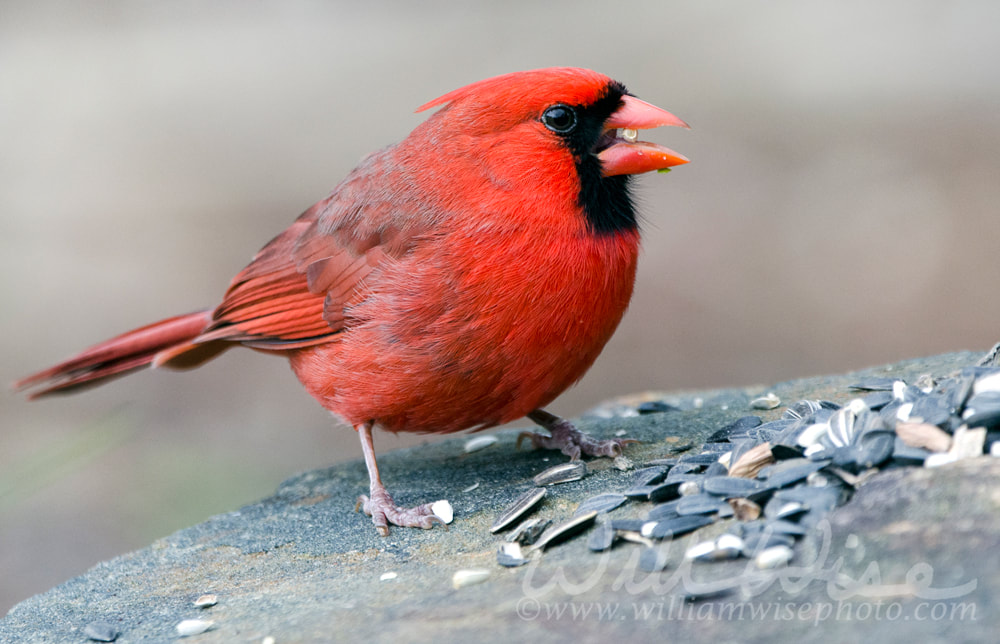 Male red Northern Cardinal, Cardinalis cardinalis, songbird eating sunflower seed off a rock in Athens, Georgia, USA. Cardinals, in the family Cardinalidae, are passerine birds found in North and South America. They are also known as cardinal-grosbeaks and cardinal-buntings. They are robust, seed-eating birds with strong bills. They are typically associated with open woodland. Sunday, 3:29 PM - I made a Creation Speaks presentation this morning focusing on Genesis 1:3, “And God said… “ The second half of the presentation, called Wild Designs, featured my recently purchased stuffed armadillo. The kids loved it! In between the morning and evening church services, it was a bit of a somber, cloudy afternoon. The bold gold of an American Goldfinch drew my eye as we ate lunch. Placing some black oil sunflower seed on a nearby rock, I laid on my belly underneath the swing set in the backyard. Of course, all of the birds I saw while eating lunch had now vanished when my lens was present. Having nothing else to do, I laid there for almost an hour waiting for the birds. The only avians to make appearances were a Chipping Sparrow, a male Northern Cardinal, and a female Eastern Towhee. Being within just 20 feet and using a 600mm lens provided some great close up shots. The Goldfinch that had originally drawn me out birding appeared only briefly high up in a tree and backlit against the cloudy sky. Perhaps one day I’ll get a good Goldfinch shot. Clarke County, Georgia, USA 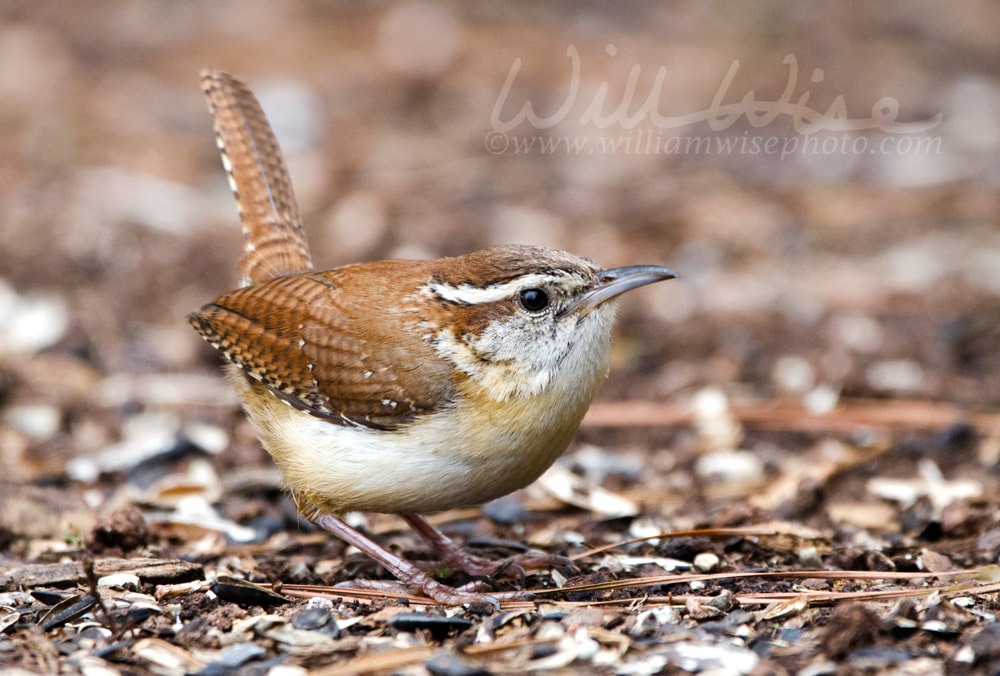 Carolina Wren, Thryothorus ludovicianus, songbird eating seeds off the ground in Athens, Georgia, USA. In summer it can seem that every patch of woods in the eastern United States rings with the rolling song of the Carolina Wren. The Carolina wren Thryothorus ludovicianus is a common species of wren that is a resident in the eastern half of the United States of America, the extreme south of Ontario, Canada, and the extreme northeast of Mexico. 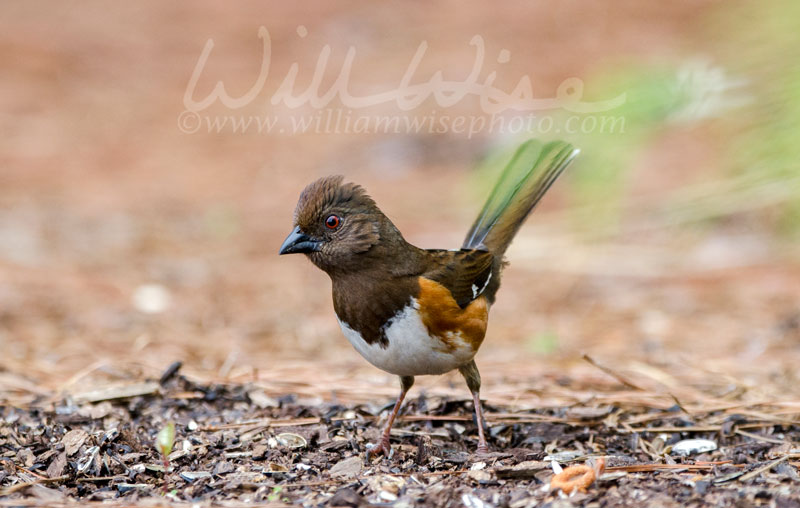 Female Eastern Towhee bird eating seed, songbird eating sunflower seed off a rock in Athens, Georgia, USA. Females have chocolate brown heads as opposed to the male black pluage. The eastern towhee Pipilo erythrophthalmus is a large New World sparrow. Formerly this bird and the spotted towhee were considered a single species, the rufous-sided towhee. Their breeding habitat is brushy areas across eastern North America. 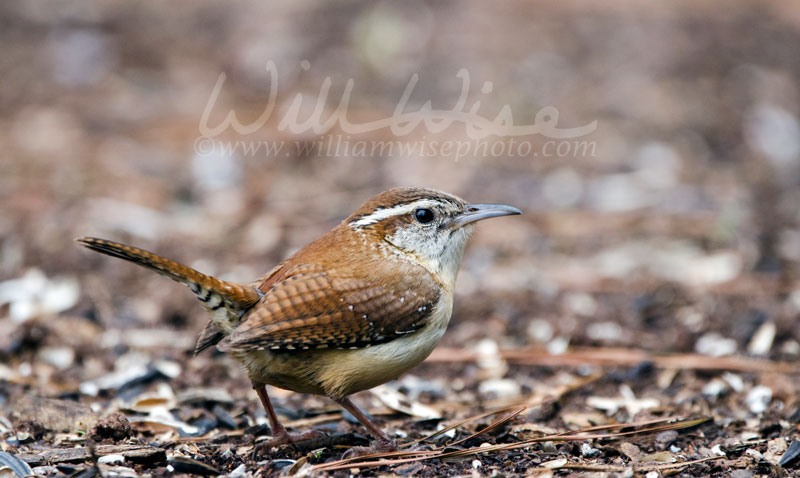 Carolina Wren, Thryothorus ludovicianus, songbird eating seeds off the ground in Athens, Georgia, USA. In summer it can seem that every patch of woods in the eastern United States rings with the rolling song of the Carolina Wren. The Carolina wren Thryothorus ludovicianus is a common species of wren that is a resident in the eastern half of the United States of America, the extreme south of Ontario, Canada, and the extreme northeast of Mexico. 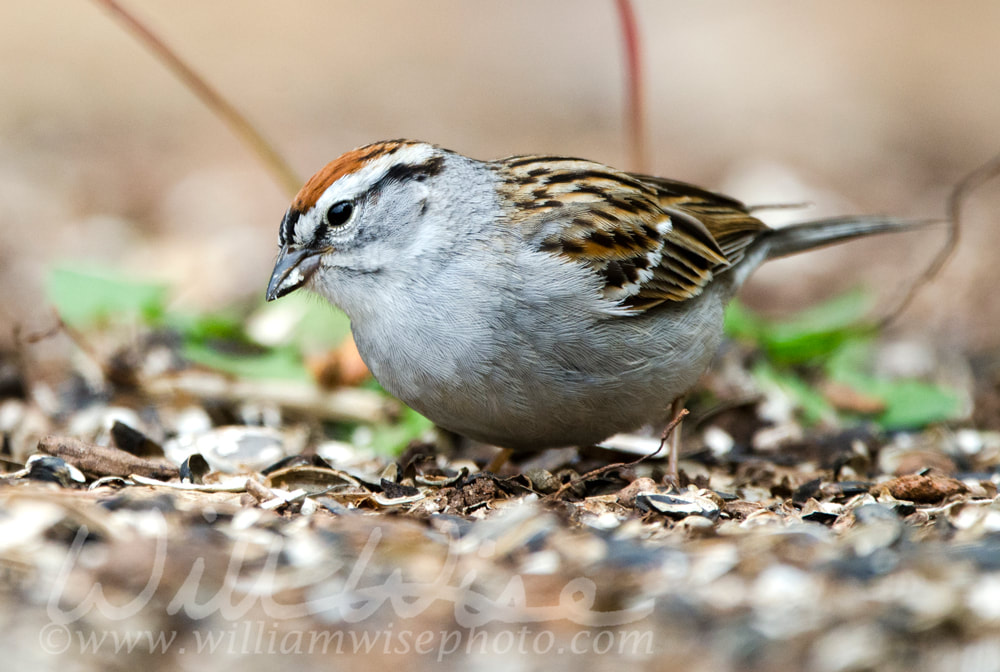 Chipping Sparrow, Spizella passerina, songbird eating bird seed off the ground in Athens, Georgia, USA. Chipping Sparrows are common across North America wherever trees are interspersed with grassy openings. Their loud, trilling songs are one of the most common sounds of spring woodlands and suburbs. 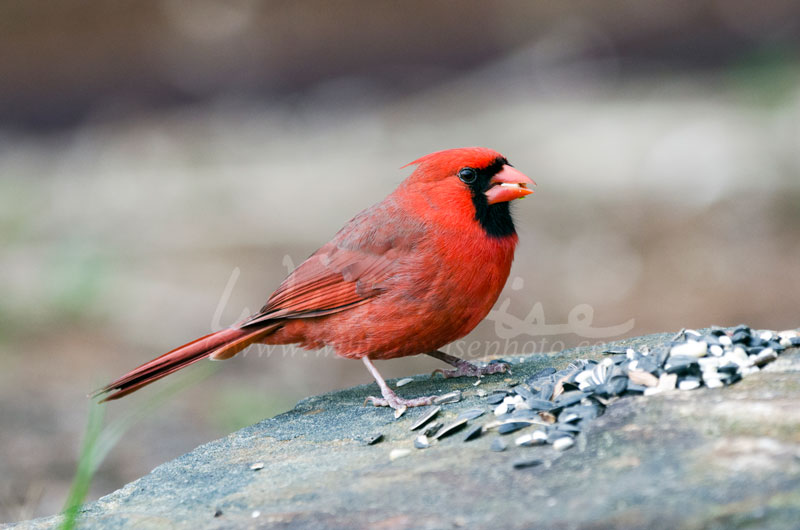 Male red Northern Cardinal, Cardinalis cardinalis, songbird eating sunflower seed off a rock in Athens, Georgia, USA. Cardinals, in the family Cardinalidae, are passerine birds found in North and South America. They are also known as cardinal-grosbeaks and cardinal-buntings. They are robust, seed-eating birds with strong bills. They are typically associated with open woodland. "You cannot hold in high esteem something or someone about which you know nothing. Is it impossible to value that of which you are not aware. For example, if you're not aware of the marvels of creation, you cannot properly appreciate them, value them, or be grateful for them." From 'Exceeding Gratitude For The Creator's Plan' by Dr. James P. Gills Friday, 12:59 PM – What the heck is that? Looking out over the upper pond, I noticed two white balls hanging from a twig on a thin tree limb over the water. They were about an inch or so long. In one I could see an opening in the top, like a tiny, ancient clay waterpot. Not being much of an entomologist, I had no clue, but figured it was some sort of cocoon. But isn’t Google great!? The very top photo after searching “cocoons in Georgia” revealed what I was looking for on Walter Reeves’ site: “This looks to me like the cocoon of a giant silkworm moth (family Saturniidae), and I’m thinking specifically that this is either a Polyphemus moth (most likely) or a Luna moth. The Polyphemus moth is the one likely to leave the pupa out in the open attached to a plant. Sometimes they will also spin their cocoons in the leaf litter, which is where the Luna moth spins its cocoon also. So since this was left on the tree it is most likely a Polyphemus moth (Anthraea polyphemus), and the opening on the top means that the moth has already emerged and flown away.” Walton County, Georgia Isaiah 26:3 Thou wilt keep him in perfect peace, whose mind is stayed on thee: because he trusteth in thee Friday, 12:49 PM – Sunny and 73° today! All of the birds are out and about. The turtles are at their posts across the ponds. So nice to enjoy a short stroll on lunch break. It is amazing how much peace a short walk in God’s creation can bring. Walton County, Georgia Isaiah 61:1 The Spirit of the Lord God is upon me; because the Lord hath anointed me to preach good tidings unto the meek; he hath sent me to bind up the brokenhearted, to proclaim liberty to the captives, and the opening of the prison to them that are bound; Friday, 10:00 AM - I’m off work for the Good Friday holiday. My girls are at school and my wife at work. Having a desire to shoot something, I head over to Bear Hollow Zoo in Athens, Georgia. I arrive just before the opening of the gates. Although I had to wait about fifteen minutes, it turned out to be quite an advantageous time to visit. I entered the park along with one of the caretakers who proceeded to make his rounds of feeding and checking on the animals. Each became quite excited and active as we passed their enclosures. Otherwise, visiting later in the day, the zoo animals are hidden away or sleeping. The older bobcat became quite active as he threw down bits and pieces of meat and other food items. The Black Bears explored and paced their enclosure to scarf up each treat and piece of fruit scattered strategically around. After about 20 minutes of exploration, all three lay down in the sun for a nap. No more photographs. The captive bald eagle sitting close by the observation platform made for some wonderful photographs. Most of the other raptors were contained in cages behind bars making photography and effective. Although the shots are quite beautiful, there’s just something about shooting captive animals in the zoo that feels like cheating. Of course, I load all the images to my stock photo portfolio, but I’m sure to note that they are captive animals. Yes, there are ethics even in wildlife photography. 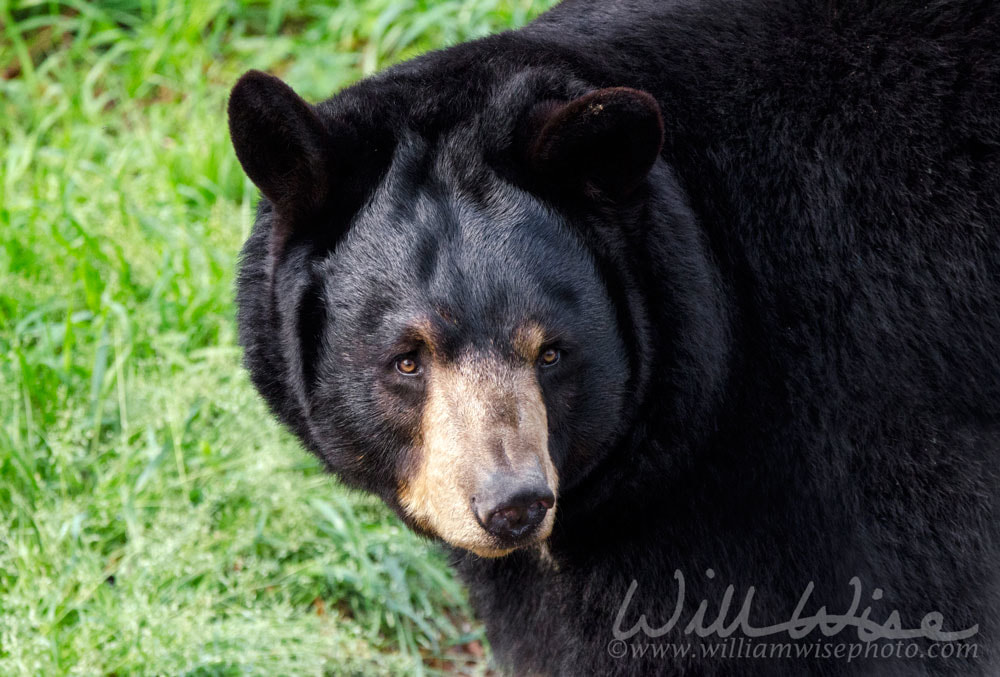 Female captive Black Bear, Ursus americanus, came to Bear Hollow Zoo as an orphan in 2010. Bear Hollow Zoo is a local wildlife rehabilitation facility and native wildlife zoo in Athens, GA, USA. The American black bear is a medium-sized bear native to North America. It is the continent`s smallest and most widely distributed bear species. 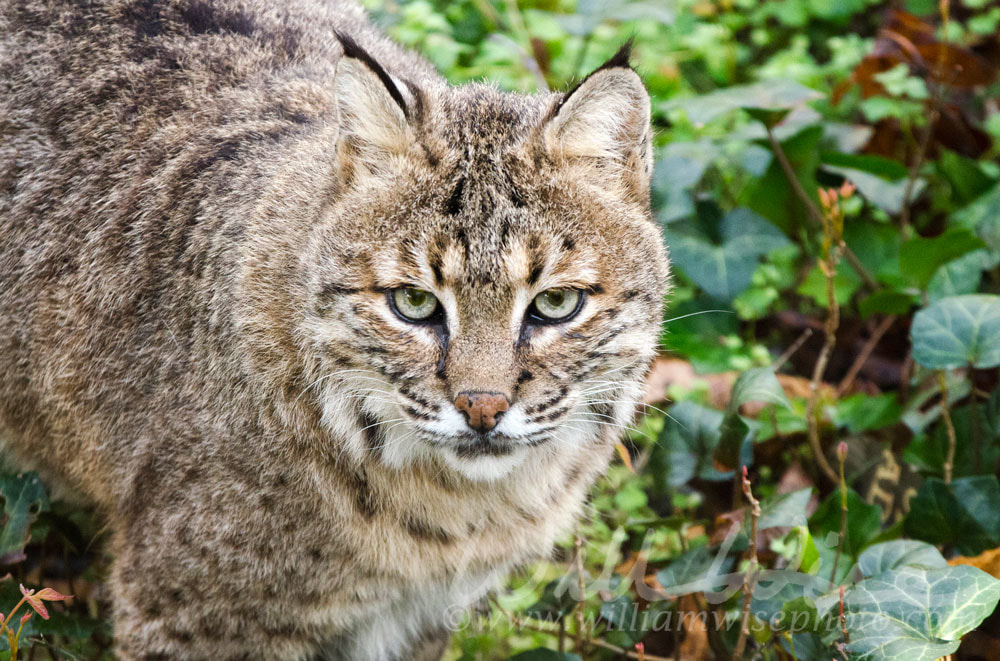 Female captive bobcat, Lynx rufus, came to Bear Hollow Zoo from a wildlife rehabilitator in 2006. Bear Hollow Zoo is a local wildlife rehabilitation facility and native wildlife zoo in Athens, GA, USA. he bobcat is an adaptable predator that inhabits wooded areas, as well as semidesert, urban edge, forest edge, and swampland environments. 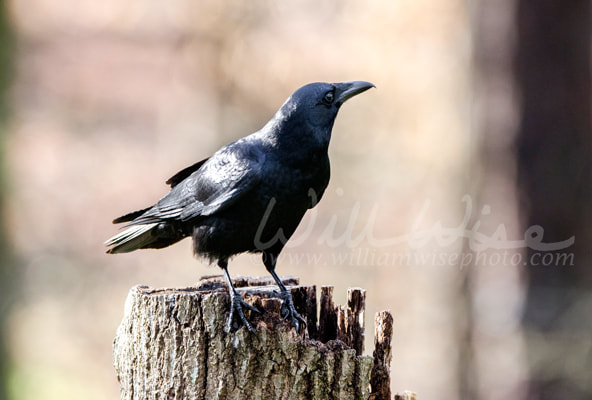 Black American Crow, Corvus brachyrhynchos, perched on a stump crowing. Photographed in Bear Hollow Zoo in Athens, GA. American Crows are fairly common and conspicuous throughout most of the lower 48 states outside the southwestern deserts. You can find American Crows by looking around open areas near patches of woods, or in human modified landscapes like city parks, garbage dumps, campgrounds, manicured lawns, athletic fields, cemeteries and parking lots. Listen for their loud cawing. 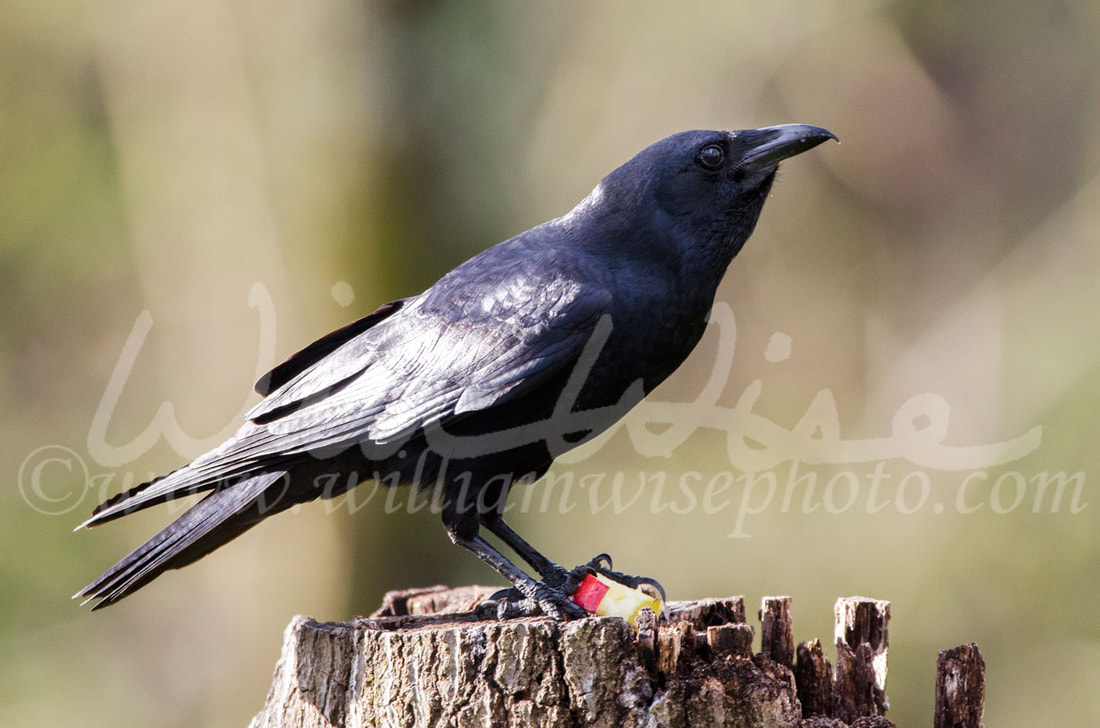 Black American Crow, Corvus brachyrhynchos, perched on a stump crowing. Photographed in Bear Hollow Zoo in Athens, GA. American Crows are fairly common and conspicuous throughout most of the lower 48 states outside the southwestern deserts. You can find American Crows by looking around open areas near patches of woods, or in human modified landscapes like city parks, garbage dumps, campgrounds, manicured lawns, athletic fields, cemeteries and parking lots. Listen for their loud cawing. 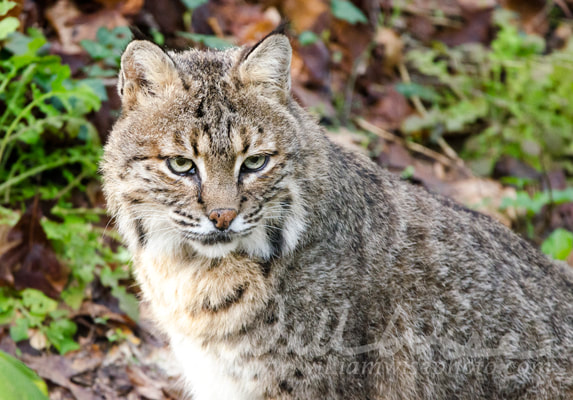 Female captive bobcat, Lynx rufus, came to Bear Hollow Zoo from a wildlife rehabilitator in 2006. Bear Hollow Zoo is a local wildlife rehabilitation facility and native wildlife zoo in Athens, GA, USA. he bobcat is an adaptable predator that inhabits wooded areas, as well as semidesert, urban edge, forest edge, and swampland environments.  Creation Speaks is a Biblical teaching ministry that uses nature writing and photography to glorify our Creator and teach the truth of creation. “But ask the animals, and they will teach you, or the birds in the sky, and they will tell you; or speak to the earth, and it will teach you, or let the fish in the sea inform you. Which of all these does not know that the hand of the Lord has done this?" Job 12:7-9 "What a lovely description of the beauty of the Earth God prepared for mankind. He placed the first couple in the middle of a garden. Our loving Creator gave us everything we see around us to enjoy and provided us with exquisite senses of sight, hearing, feeling, tasting, and smelling to experience them to the full. Even after they disobeyed, creation did not lose all of its beauty and comfort." From Exceeding Gratitude for the Creator's Plan by Dr. James P. Gills Genesis 2:8 And the LORD God planted a garden eastward in Eden; and there he put the man whom he had formed. Thursday 12:27 PM - mostly cloudy and breezy today, but warm. Turtles basking, wrens calling, and hanging gardens of wisteria growing. 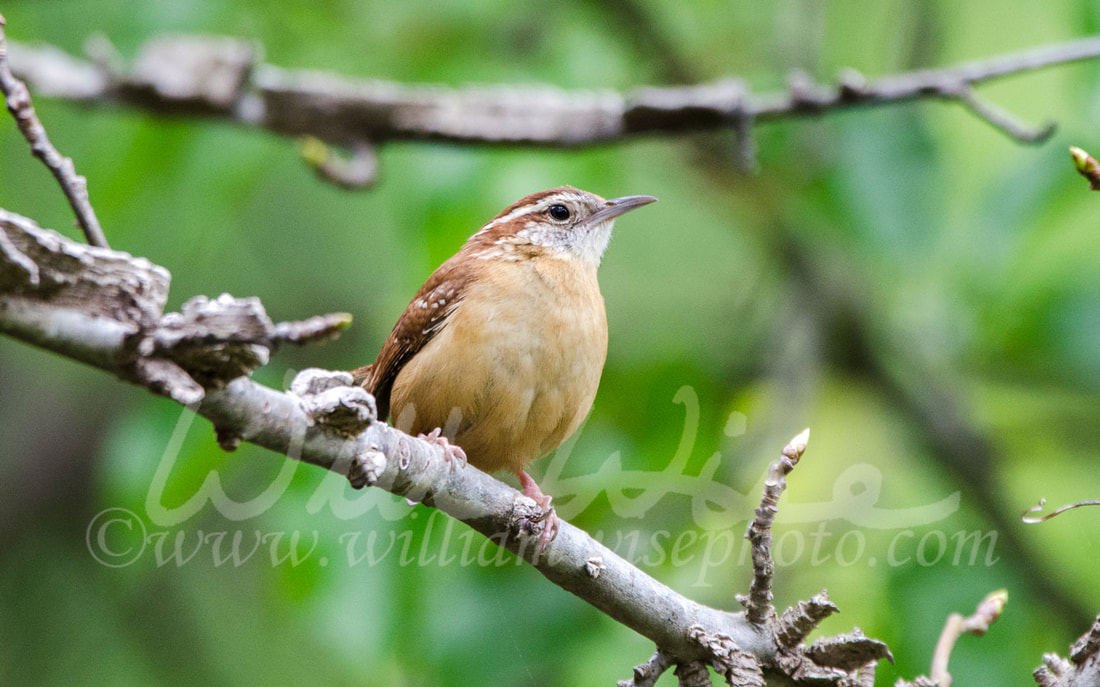 Carolina Wren, Thryothorus ludovicianus, songbird sitting on tree twig in spring in Georgia, USA. In summer it can seem that every patch of woods in the eastern United States rings with the rolling song of the Carolina Wren. The Carolina wren Thryothorus ludovicianus is a common species of wren that is a resident in the eastern half of the United States of America, the extreme south of Ontario, Canada, and the extreme northeast of Mexico. 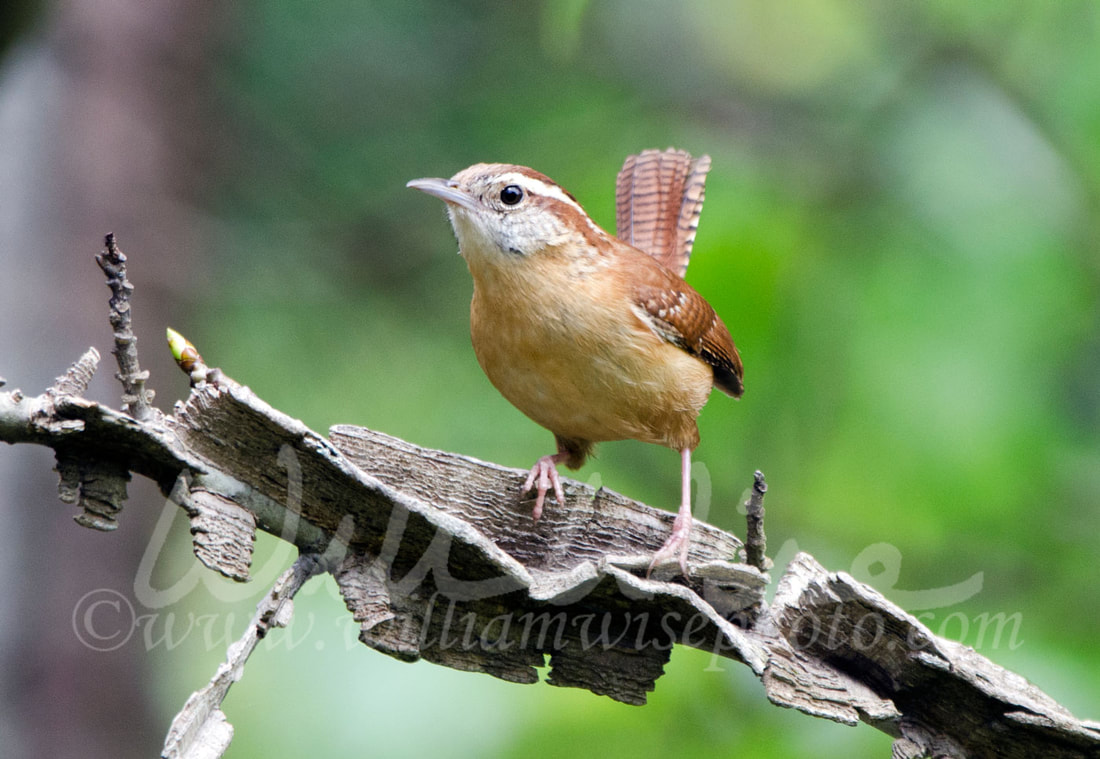 Carolina Wren, Thryothorus ludovicianus, songbird sitting on tree twig in spring in Georgia, USA. In summer it can seem that every patch of woods in the eastern United States rings with the rolling song of the Carolina Wren. The Carolina wren Thryothorus ludovicianus is a common species of wren that is a resident in the eastern half of the United States of America, the extreme south of Ontario, Canada, and the extreme northeast of Mexico. Matthew 23:37 ...how often would I have gathered thy children together, even as a hen gathereth her chicks under her wings... 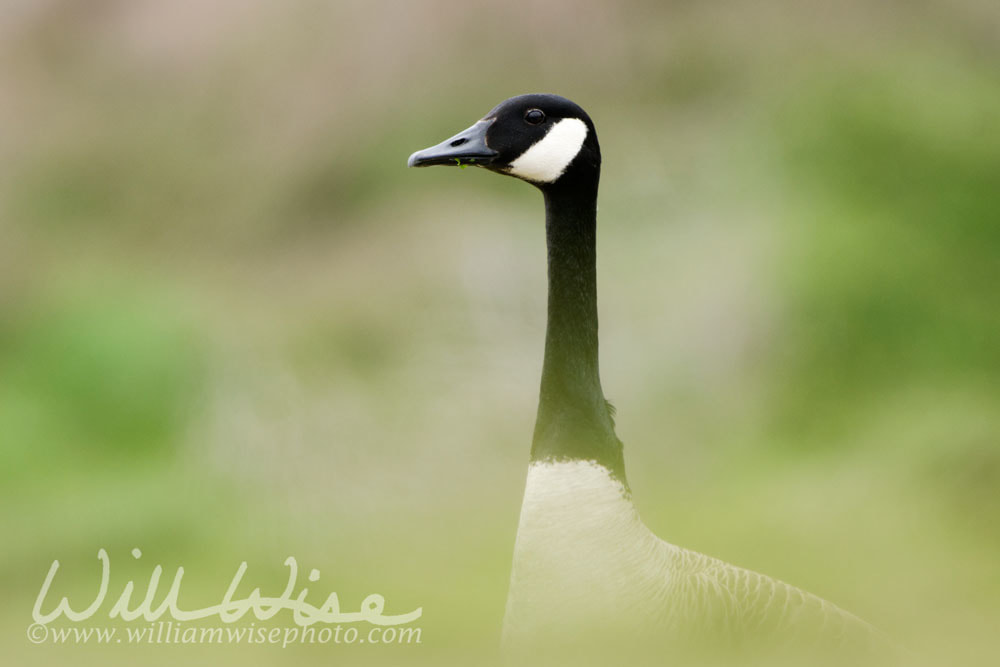 Canada Goose portrait on blurred camoflauged looking green background. Branta canadensis, hen waterfowl bird. This individual arrived on a Walton County Georgia pond to nest and lay eggs in January 2018 and remained through spring. Audubon states Canada Geese may mate for life. Male defends territory with displays, including lowering head almost to ground with bill slightly raised and open, hissing; also pumps head up and down while standing. Nest site chosen by female is usually on slightly elevated dry ground near water, with good visibility. Typically hunted game bird in the United States. Photographed Monroe, GA March 2018. Monday, 1:30 PM - the mother Canada Goose on our pond diligently stands guard and awaits the hatching of her clutch of eggs. Walton County, Georgia 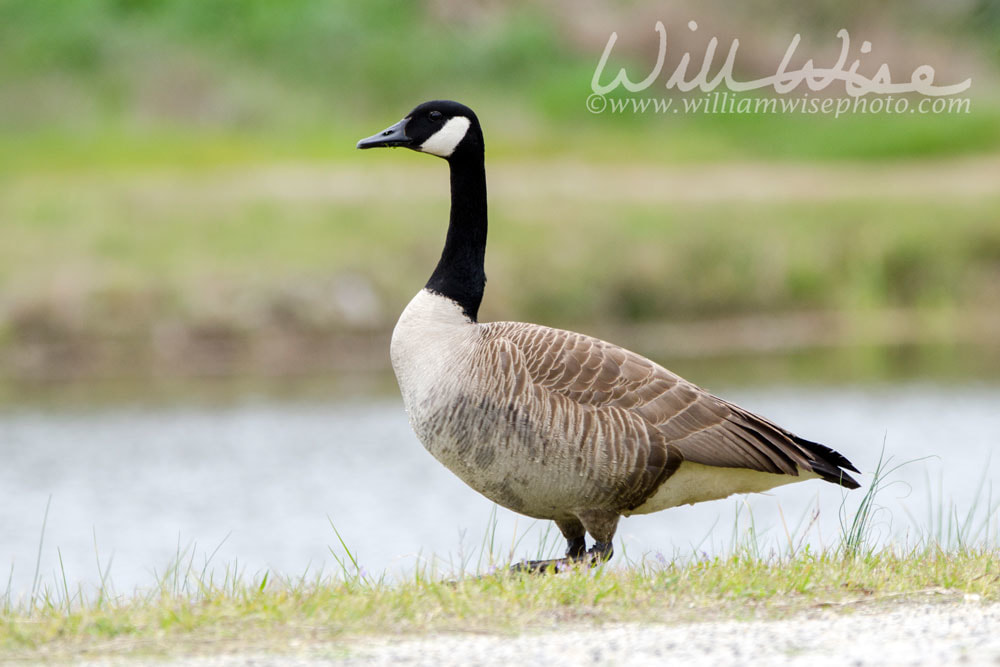 Canada Goose, Branta canadensis, hen waterfowl bird. This individual arrived on a Walton County Georgia pond to nest and lay eggs in January 2018 and remained through spring. Audubon states Canada Geese may mate for life. Male defends territory with displays, including lowering head almost to ground with bill slightly raised and open, hissing; also pumps head up and down while standing. Nest site chosen by female is usually on slightly elevated dry ground near water, with good visibility. Typically hunted game bird in the United States. Photographed Monroe, GA March 2018. 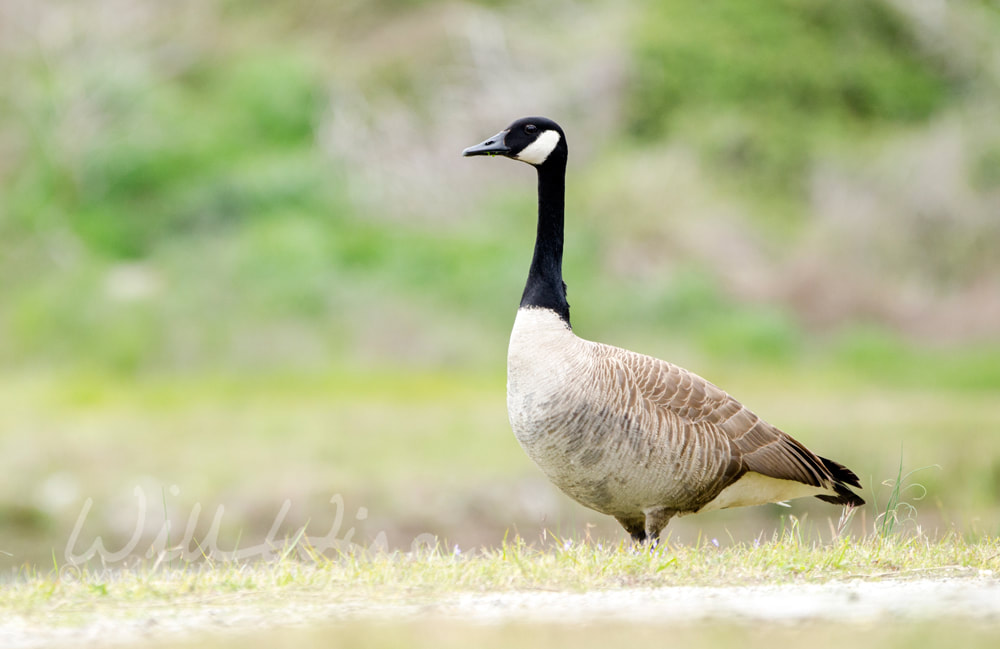 Canada Goose, Branta canadensis, hen waterfowl bird. This individual arrived on a Walton County Georgia pond to nest and lay eggs in January 2018 and remained through spring. Audubon states Canada Geese may mate for life. Male defends territory with displays, including lowering head almost to ground with bill slightly raised and open, hissing; also pumps head up and down while standing. Nest site chosen by female is usually on slightly elevated dry ground near water, with good visibility. Typically hunted game bird in the United States. Photographed Monroe, GA March 2018. 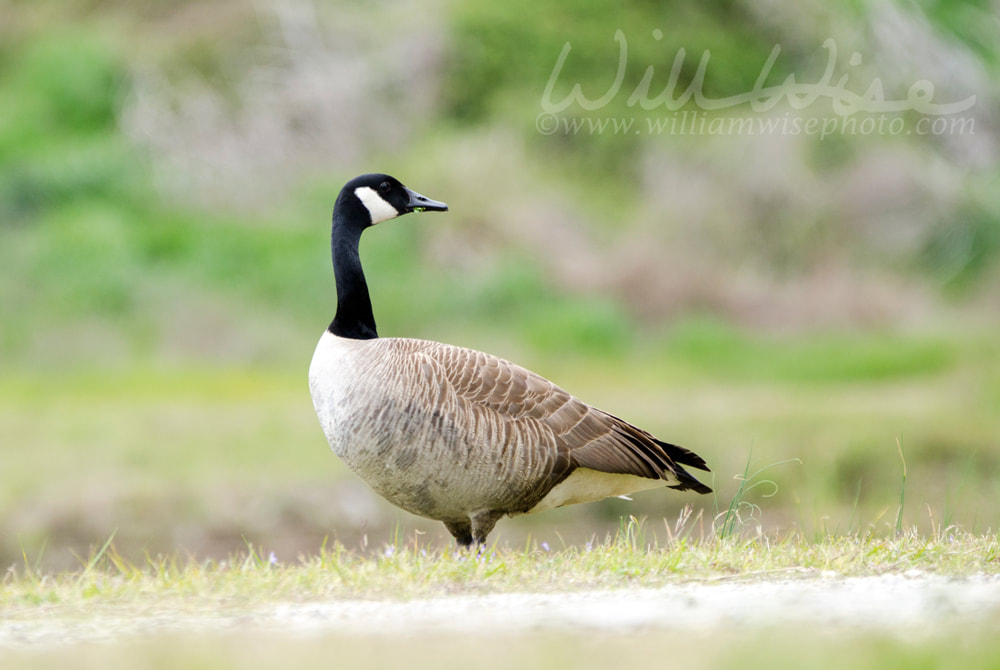 Canada Goose, Branta canadensis, hen waterfowl bird. This individual arrived on a Walton County Georgia pond to nest and lay eggs in January 2018 and remained through spring. Audubon states Canada Geese may mate for life. Male defends territory with displays, including lowering head almost to ground with bill slightly raised and open, hissing; also pumps head up and down while standing. Nest site chosen by female is usually on slightly elevated dry ground near water, with good visibility. Typically hunted game bird in the United States. Photographed Monroe, GA March 2018.  Creation Speaks is a Biblical teaching ministry that uses nature writing and photography to glorify our Creator and teach the truth of creation. “But ask the animals, and they will teach you, or the birds in the sky, and they will tell you; or speak to the earth, and it will teach you, or let the fish in the sea inform you. Which of all these does not know that the hand of the Lord has done this?" Job 12:7-9 "It has been my observation that even people of faith, born-again believers in Christ who love their Creator-redeemer, often lack appreciation for His creation. They fail to comprehend the wondrous beauty all around them. Their lack of knowledge of the handiwork of their Creator keeps them from full appreciation of the eternal benefits of life they have been given." -- From Exceeding Gratitude for the Creator's Plan by Dr. James Gills Psalms 103 Bless the Lord, O my soul, and forget not all his benefits… 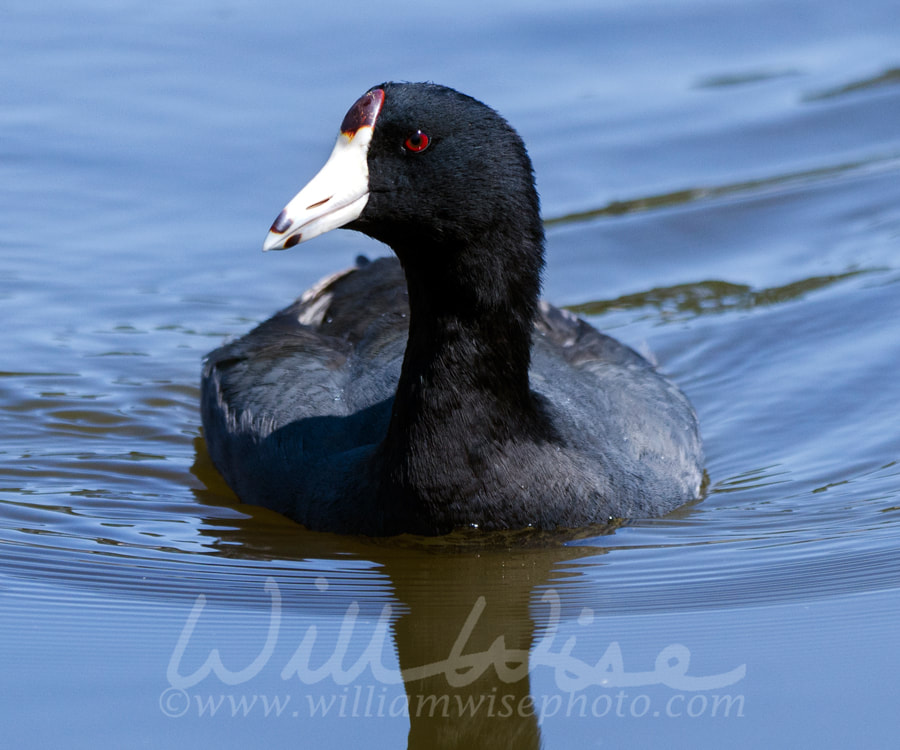 An American Coot, Fulica americana, swimming on blue water pond. This individual arrived in January 2018 and remained through spring. Audubon writes Coots are tough, adaptable waterbirds. Although they are related to the secretive rails, they swim in the open like ducks and walk about on shore, making themselves at home on golf courses and city park ponds. Usually in flocks, they are aggressive and noisy, making a wide variety of calls by day or night. They have strong legs and big feet with lobed toes, and coots fighting over territorial boundaries will rear up and attack each other with their feet. Often seen walking on open ground near ponds. In taking flight they must patter across the water, flapping their wings furiously, before becoming airborne. Rom. 5:12 we read: “Therefore, just as sin came into the world through one man, and death through sin, and so death spread to all men because all sinned.” 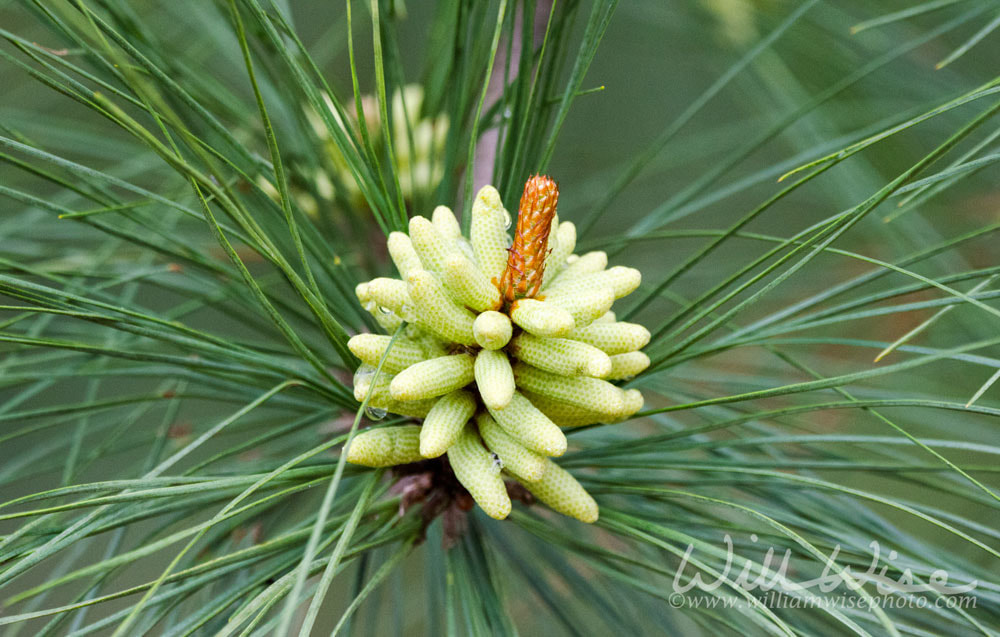 Pollen producing cones of the Loblolly Pine, Pinus taeda, a common pine tree of the southeastern United States. Many people have allergies in the spring. Also called Arkansas pine or North Carolina pine. A large evergreen tree and the largest of the southern pines. Photographed in Athens, Georgia, USA. Monday, 1:08 PM – It is that time of year again when all allergy sufferers are miserable. That greenish-yellow dust is spread everywhere and on everything. Every spring, the air becomes hazy with blowing swaths of pine pollen. The tips of every pine branch are swollen with bright yellow pollen producing cones. After a rain, rivers of yellow run. And when the puddles dry, the pollen remains behind. Showers likely after 1 PM, high 65° 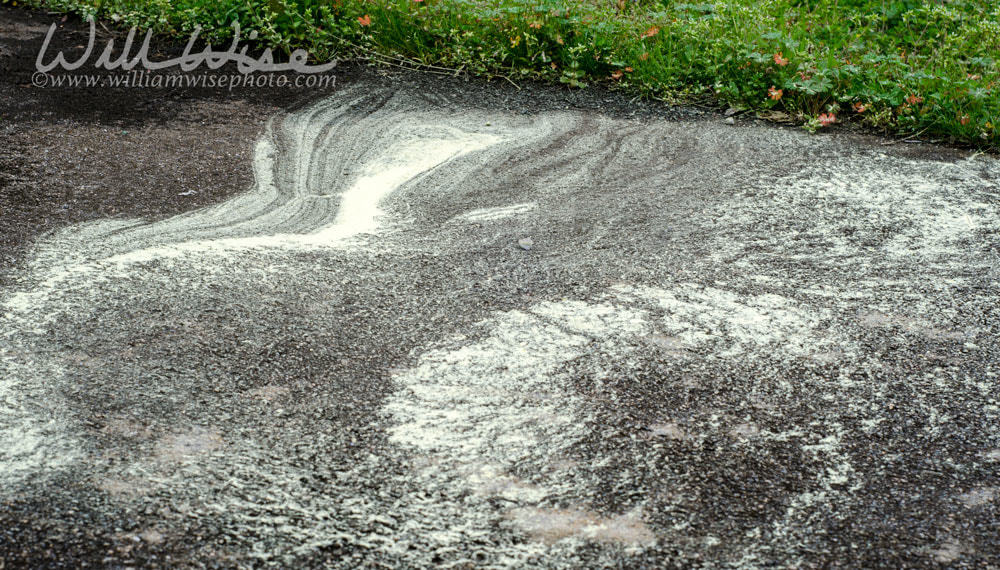 Pollen is one of the most common triggers of seasonal allergies. Many people know pollen allergy as “hay fever.” Experts usually refer to pollen allergy as seasonal allergic rhinitis. Loblolly Pine, Pinus taeda, a common pine tree of the southeastern United States produces pollen each spring causing many people to have allergies and allergic reaction such as sneezing, nasal congestion, runny nose, stuffy head. Photographed in Monroe, Georgia, USA. 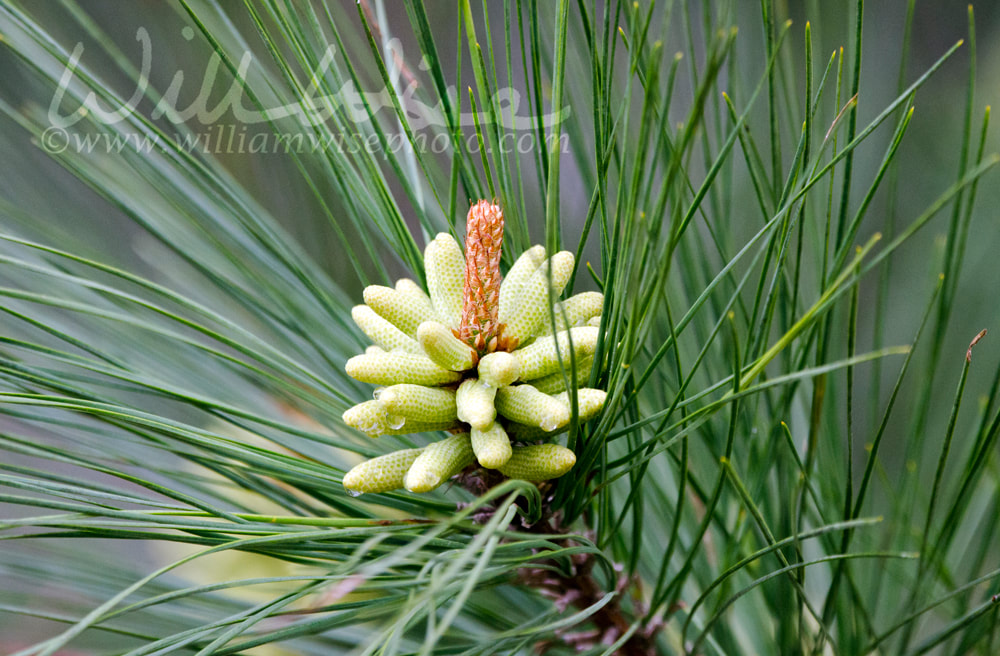 Pollen producing cones of the Loblolly Pine, Pinus taeda, a common pine tree of the southeastern United States. Many people have allergies in the spring. Also called Arkansas pine or North Carolina pine. A large evergreen tree and the largest of the southern pines. Photographed in Athens, Georgia, USA. 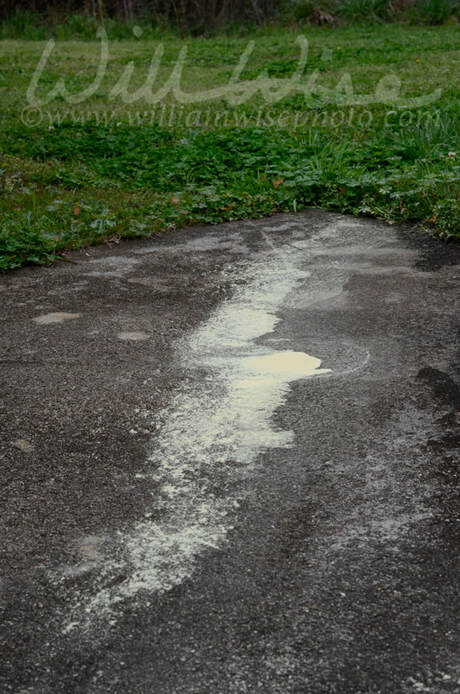 Pollen is one of the most common triggers of seasonal allergies. Many people know pollen allergy as “hay fever.” Experts usually refer to pollen allergy as seasonal allergic rhinitis. Loblolly Pine, Pinus taeda, a common pine tree of the southeastern United States produces pollen each spring causing many people to have allergies and allergic reaction such as sneezing, nasal congestion, runny nose, stuffy head. Photographed in Monroe, Georgia, USA. Tuesday, sunny, high near 57°. Wind 15 mph. Tonight clear, 30°. Sunrise 7:46 AM, sunset 7:39 PM. Day length: 11 hours, 53 minutes. We arrived at the campground just after 2 PM. The entire park was quite empty. It was a very nice, spacious campground lying with in rolling hills of tall pines and hardwoods. Large, picturesque lichen covered boulders were strewn throughout the park, almost as if deliberately placed decoration. Although “spring” break, it was windy and very chilly. After unpacking we walked down to the lakeside. Strong winds were blowing across the water bringing up rolls of waves. We never did take the canoe out on the water though we towed it along for the trip. That first afternoon, we explored the shore and walked about a mile on the blue trail. After dinner we went back down to the water for the golden hour before sunset. Wednesday, March 14 - sunrise 7:45 AM. The prevalent bird around the campsite is the White-breasted Nuthatch. You hear him calling more than any other avian inhabitant of the park. Using my mp3 player, I was able to call one in close for lots of photography while we were sitting around a late afternoon campfire. The winds still strong, we decided to hike the 7 mile yellow trail. Plenty of ups and downs, tall hardwood trees and nice, wide, soft, needle-covered paths. A great place for a trail run, but the elevation would be quite a challenge. Thursday, March 15 – a campfire to end one day, and a campfire to begin the next morning. I love it. I wish we could do it more often. But we’ll enjoy the times we do get to have. It’s a chilly morning, about 33°, but the wind is gone. The lake is smooth and wisps of fog rise off its surface. But our stay this last day is short. A quick breakfast and all packed up by 10 AM. All in all, Red Top Mountain is it beautiful campground. But I can imagine that it is quite busy here in the summer when all the RV spots are occupied. But for an early spring break, it was peaceful and serene and very refreshing. 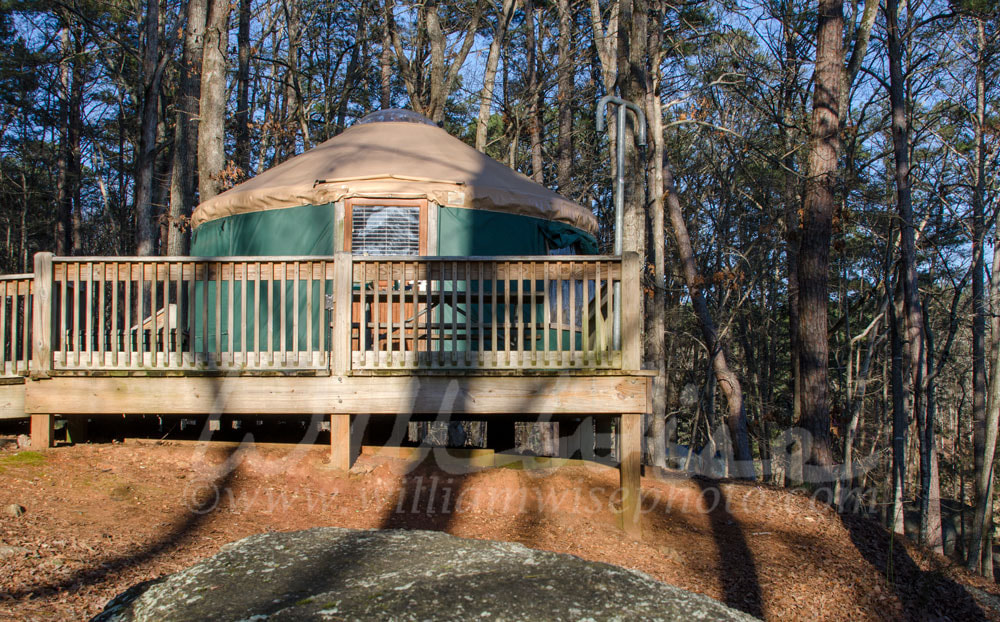 A traditional yurt is a portable, round tent covered with skins or felt and used as a dwelling by nomads in the steppes of Central Asia. Modern yurts may be permanently built on a wooden platform; they may use materials such as steam-bent wooden framing or metal framing, canvas or tarpaulin, Plexiglas dome. Photographed in Red Top Mountain State Park. There are public campgrounds, marinas, RV sites, yurts, and boat launches. Spring, 2018. 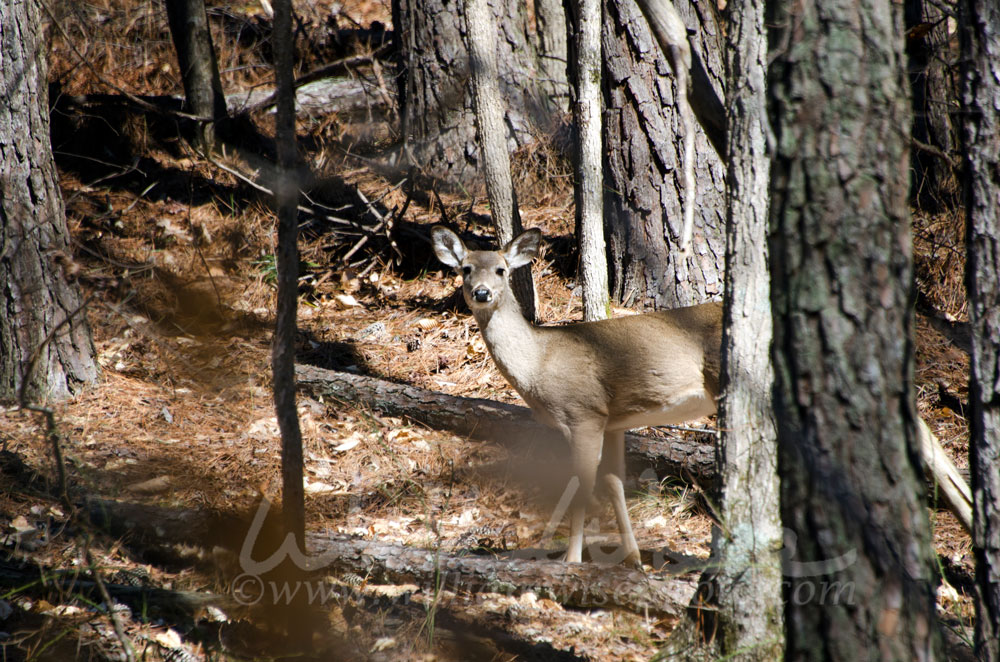 White-tailed Deer, Odocoileus virginianus, female doe camouflaged in woods in Red Top Mountain State Park, Georgia, USA. Throughout the year, the Department of Natural Resources schedules quota White-tailed Deer hunts. Most quota hunts are conducted within wildlife management areas, but each fall a few state parks are selected as sites for deer quota hunts.  Rocky lakeshore boulders on blue water of Lake Allatoona, Georgia, USA. Lake Allatoona covers more than 12,000 acres and has 270 miles of shoreline. The dam that created Allatoona Lake first began blocking the waters of the Etowah River in 1949. Photographed in Red Top Mountain State Park. There are public campgrounds, marinas, RV sites, yurts, and boat launches. Spring, 2018.  William Wise Photo Nature Notes is a wildlife, birding and nature photography blog documenting the beauty, design and wonder of God’s creation. -- "What a wildly wonderful world, God! You made it all, with Wisdom at Your side, made earth overflow with your wonderful creations." Psalms 104 The Message 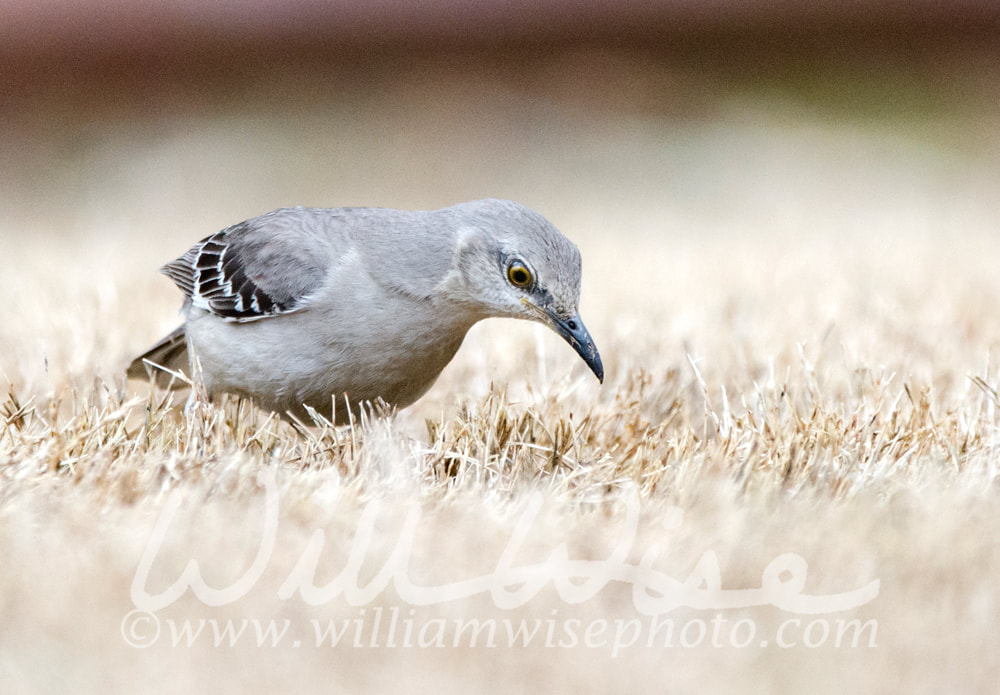 Northern Mockingbird, Mimus polyglottos, a common songbird thrush of the southeastern United States. Looking for crickets and spiders on freshly mowed dormant bermuda grass lawn. The Northern Mockingbird frequently gives a `wing flash` display, where it half or fully opens its wings in jerky intermediate steps, showing off the big white patches. No one knows why it does this, but it may startle insects, making them easier to catch. The northern mockingbird is the only mockingbird commonly found in North America. Photographed in early spring in Athens, Georgia, USA Genesis 41:35 And let them gather all the food of those good years that come... Sunday, 3:23 PM – It’s a normal, overcast March afternoon in my backyard. Northern Mockingbirds flutter across the lawn flashing white wing bars to scare up an insect snack. Dark-eyed Juncos hop below the bird feeders checking each empty husk for a missed seed. A couple of Eastern Chipmunks dart from hole to hole to gather the black-oil sunflower seeds that fall from the Cardinal’s mouths. All of the usual birds and critters are here doing what they do; gathering, eating, and drinking. On a sudden, with a dive as quick as a lightning flash, a Red-tailed Hawk scatters all of the birds at the feeder. In a fluttering fury, all the little birds take wing and disappear. But the hawk did not come up with empty talons. The amazing raptor, or bird-of-prey, within the blink of an eye, seized upon a small chipmunk and quickly carried it off. The little chipmunk didn’t suspect a thing. It was so fast, the scene was long over before it registered in my mind and had I even thought of picking up my camera. Just another day of hunting and gathering in the great, wide natural world. Athens, Clarke County, Georgia 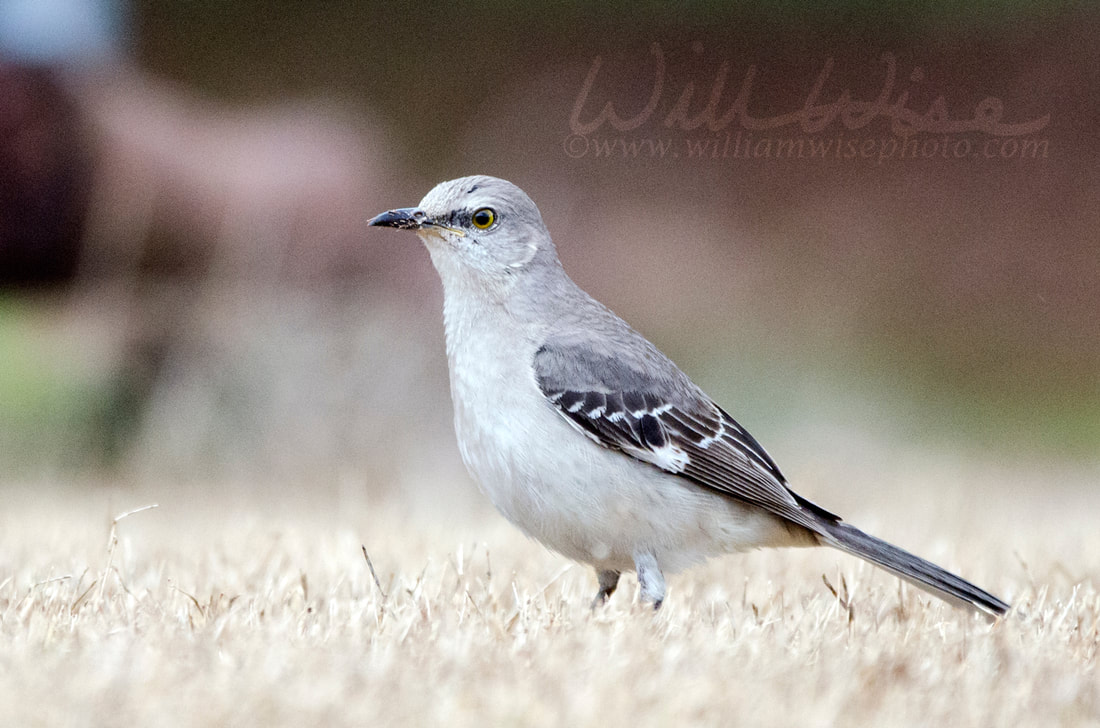 Northern Mockingbird, Mimus polyglottos, a common songbird thrush of the southeastern United States. Looking for crickets and spiders on freshly mowed dormant bermuda grass lawn. The Northern Mockingbird frequently gives a `wing flash` display, where it half or fully opens its wings in jerky intermediate steps, showing off the big white patches. No one knows why it does this, but it may startle insects, making them easier to catch. The northern mockingbird is the only mockingbird commonly found in North America. Photographed in early spring in Athens, Georgia, USA  Creation Speaks is a Biblical teaching ministry that uses nature writing and photography to glorify our Creator and teach the truth of creation. “But ask the animals, and they will teach you, or the birds in the sky, and they will tell you; or speak to the earth, and it will teach you, or let the fish in the sea inform you. Which of all these does not know that the hand of the Lord has done this?" Job 12:7-9 John 18:1-2 When Jesus had spoken these words, He went forth with his disciples over the brook Cedron, where was a garden, into the which He entered, and His disciples….for Jesus ofttimes resorted thither with His disciples. "God has a special love for gardens, it seems, designing them especially so that they best suit His highest creation - mankind. When he created Adam and Eve, He planted a garden for them to enjoy and to tend. And He came to commune with that first couple there in the cool of the day. "In the New Testament, we read that Jesus retired often to pray in a garden place. Even in the place where Jesus was crucified, there was a garden, and the tomb where our Savior was laid it was in that garden. It was in that garden that He revealed the fact of His resurrection to the world. "As we cultivate the soil of our hearts, we prepare a beautiful garden for the Lord to come and commune with us, and we with Him. Filled with appreciation for our Creator, our hearts will then be characterized as a garden of prayer." Quoted from "Exceeding Gratitude for the Creator's Plan" by Dr. James P. Gills 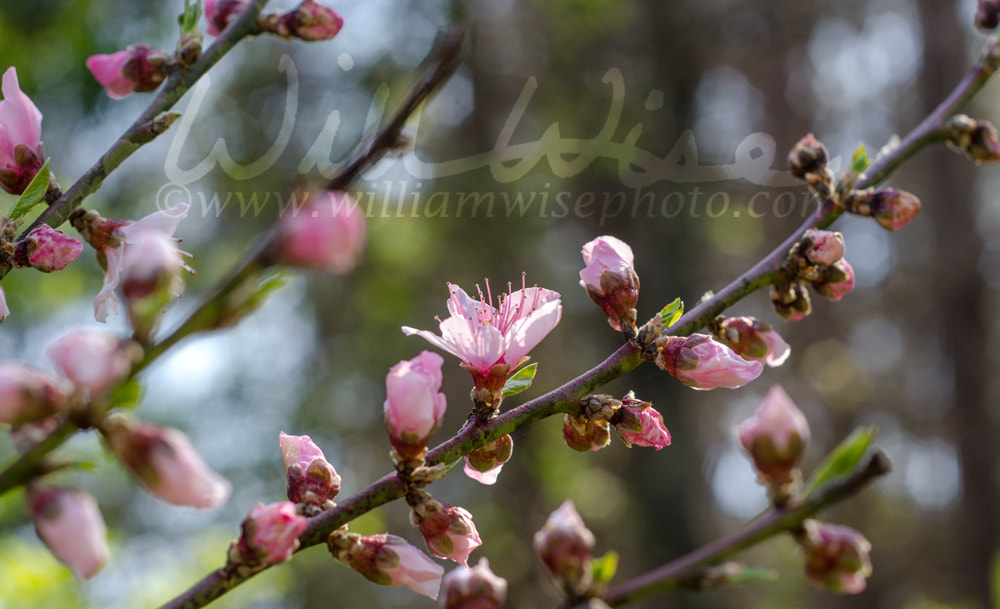 Pink, white and violet buds and blossoms of the Cherry Tree in March, Georgia, USA. A cherry blossom is the flower of any of several trees of genus Prunus, particularly the Japanese cherry, Prunus serrulata, which is called sakura. Each year, Macon GA hosts the annual International Cherry Blossom Festival. Also known as the Pinkest Party on Earth. Photographed in Monroe, Georgia, USA. 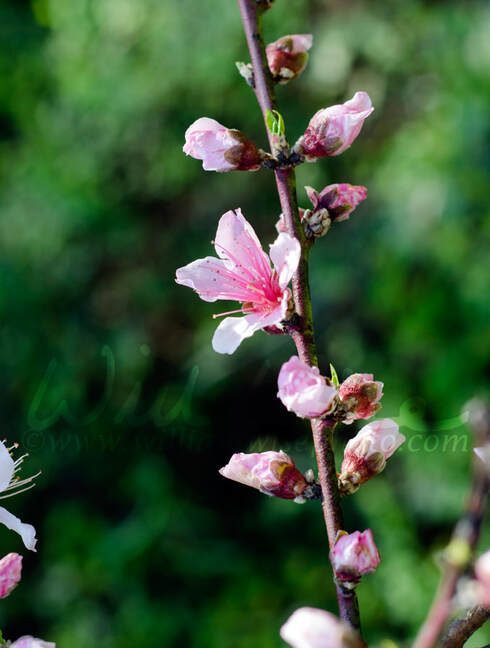 Pink, white and violet buds and blossoms of the Cherry Tree in March, Georgia, USA. A cherry blossom is the flower of any of several trees of genus Prunus, particularly the Japanese cherry, Prunus serrulata, which is called sakura. Each year, Macon GA hosts the annual International Cherry Blossom Festival. Also known as the Pinkest Party on Earth. Photographed in Monroe, Georgia, USA. 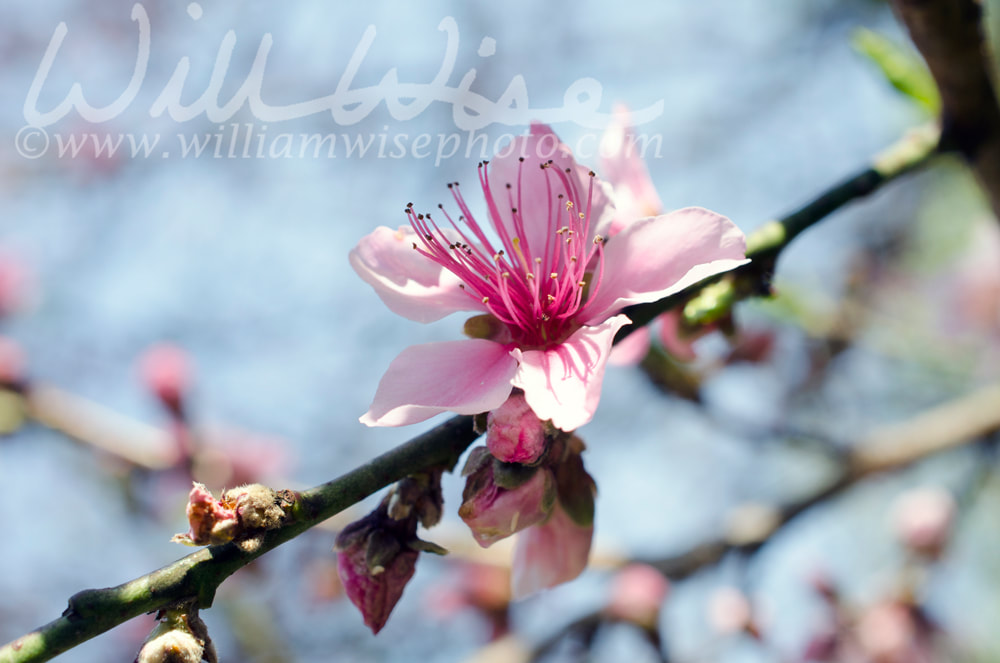 Pink, white and violet buds and blossoms of the Cherry Tree in March, Georgia, USA. A cherry blossom is the flower of any of several trees of genus Prunus, particularly the Japanese cherry, Prunus serrulata, which is called sakura. Each year, Macon GA hosts the annual International Cherry Blossom Festival. Also known as the Pinkest Party on Earth. Photographed in Monroe, Georgia, USA. 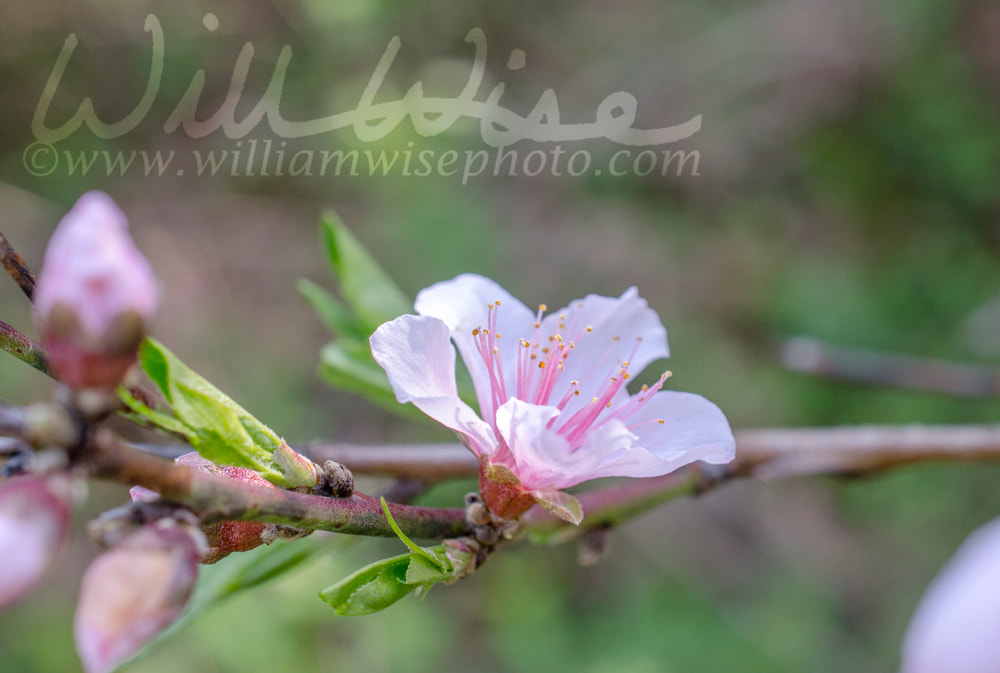 Pink, white and violet buds and blossoms of the Cherry Tree in March, Georgia, USA. A cherry blossom is the flower of any of several trees of genus Prunus, particularly the Japanese cherry, Prunus serrulata, which is called sakura. Each year, Macon GA hosts the annual International Cherry Blossom Festival. Also known as the Pinkest Party on Earth. Photographed in Monroe, Georgia, USA. 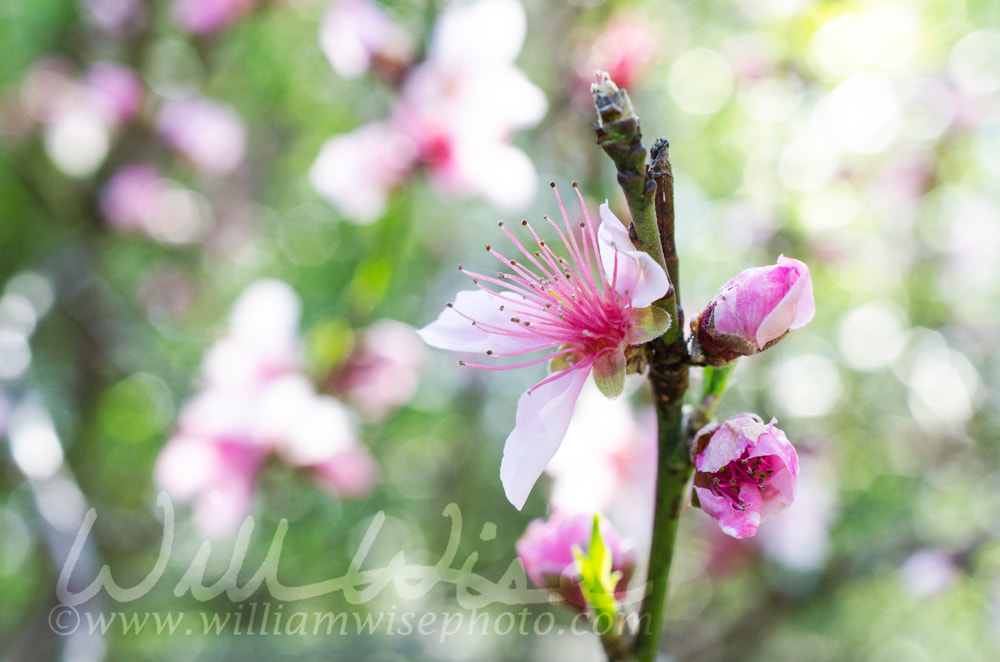 Pink, white and violet buds and blossoms of the Cherry Tree in March, Georgia, USA. A cherry blossom is the flower of any of several trees of genus Prunus, particularly the Japanese cherry, Prunus serrulata, which is called sakura. Each year, Macon GA hosts the annual International Cherry Blossom Festival. Also known as the Pinkest Party on Earth. Photographed in Monroe, Georgia, USA. Psalm 98:5 "Sing your praise to the Lord with... melodious song." 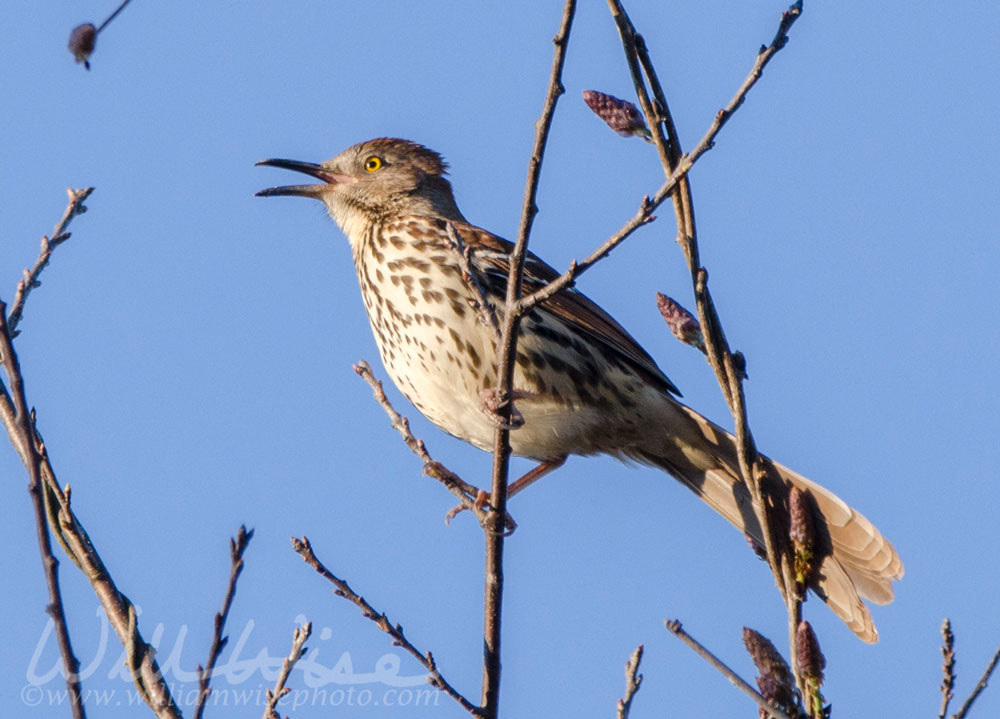 Brown Thrasher, Toxostoma rufum, a common songbird of the eastern United States, singing in a tree against a blue sky backdrop in early spring. Walton County, city of Monroe, Georgia USA. Brown Thrashers are accomplished songsters that may sing more than 1,100 different song types and include imitations of other birds, including Chuck-will’s-widows, Wood Thrushes, and Northern Flickers. During spring and early summer, males climb higher to sing from exposed perches. Listen for a song with a pattern of a Northern Mockingbird, but with phrases repeated only in pairs rather than in triplets. The days lengthen and the dark drive to work is now replaced with a picturesque blue sky and a glowing sunrise. Now that the sun is rising earlier, nearly my entire morning drive is illuminated and I can watch for morning deer or wildlife to photograph along my 45-minute commute through the country. But alas, Daylight Savings Time next week will push the drive back into the dark for a short period. As I near work, I pull my car around to the water retention pond before heading into the office. The two Canada Geese are still there, but the American Coot and the Redhead Ducks are gone. A delightful morning chorus breaks the chilled morning air. Up high in one of the newly blooming trees, I hear what I thought was a Mockingbird. Instead of ignoring the “common”, I turn to look… a Brown Thrasher in the tree top is singing away and making melodies with all its heart. My camera is always by my side and at the ready. It was quite an amazing spectacle to observe these complex songs and melodies in triplicate coming out of a mouth that has no lips! The birds have only two hard, stiff beak parts opening and closing; so unlike how we shape our mouths for whistling. How is it done??? The Cornell Lab of ornithology explains, “With over 1,000 song types, the Brown Thrasher (Toxostoma rufum) has one of the largest repertoires in the bird world. As part of that incredible variety, the thrasher sometimes sings two sweeping tones at the same time—a feat made possible by its two-sided vocal organ. By controlling each side of the syrinx independently, thrashers create unique sounds that only a bird has the ability to produce.” www.allaboutbirds.org. Walton County, Georgia, |
Categories
All
Archives
September 2025
|
|
All content is ©williamwisephoto.com. Please don't steal images. My images are available at dreamstime.com. Stock sales go into the shelter photography program.
|
In December 1993 I came to know the Designer and Creator of this wonderful planet and its creatures: Jesus Christ.
|
Donations help support the animal shelter adoption photography equipment and adoption website hosting and domain fees. Thanks for your support!
|

